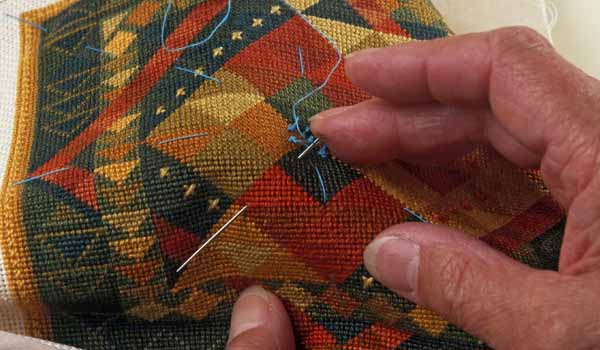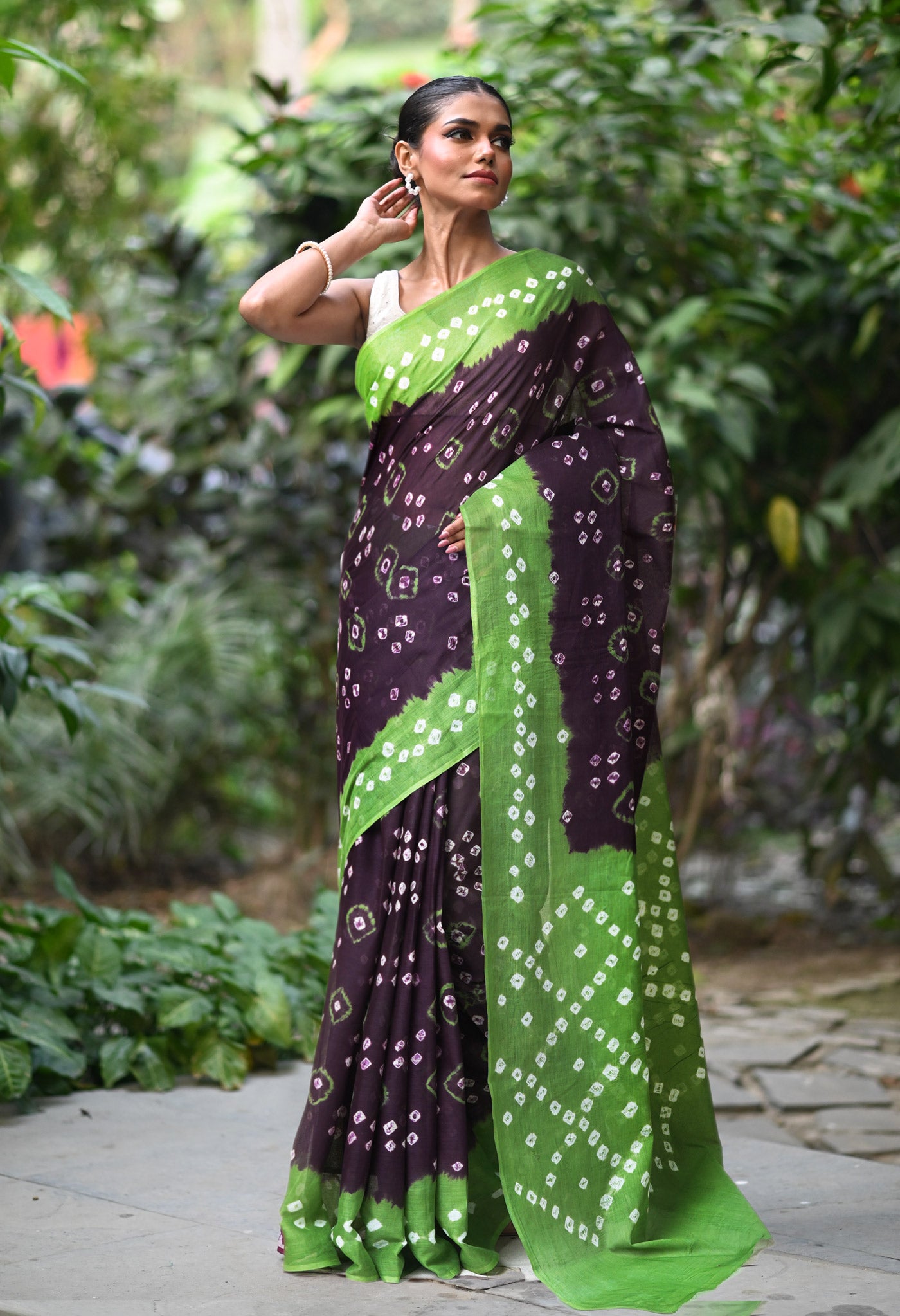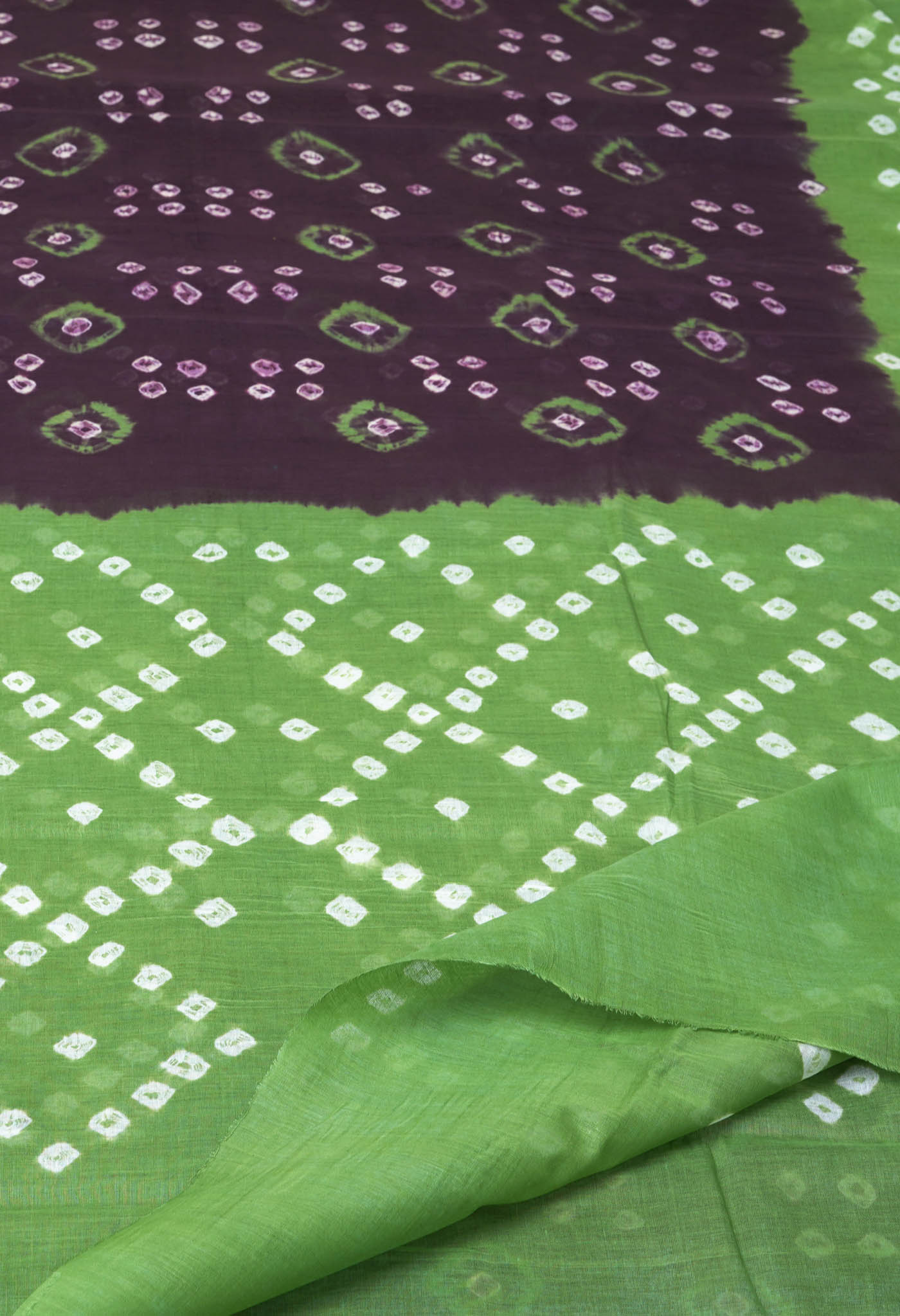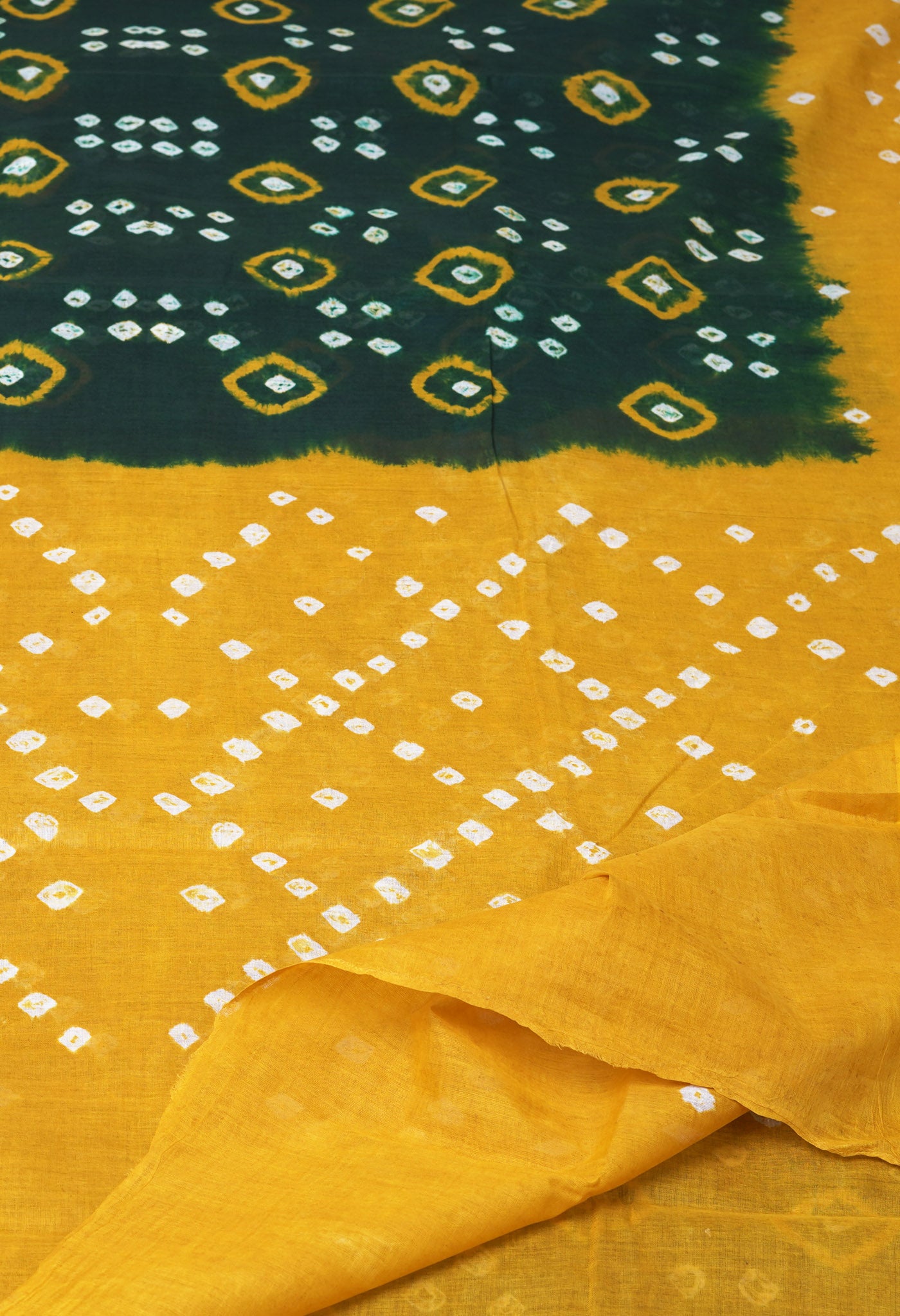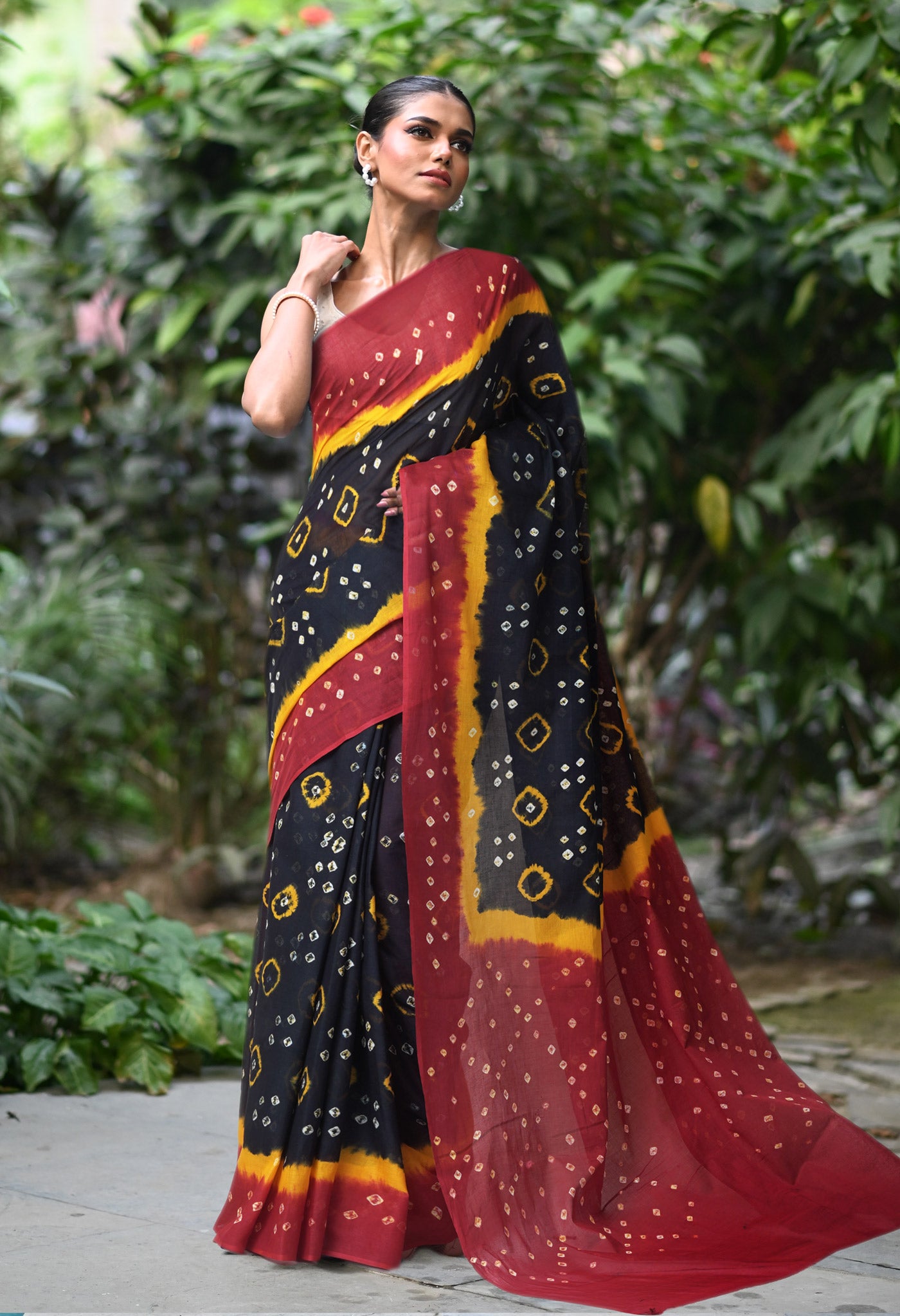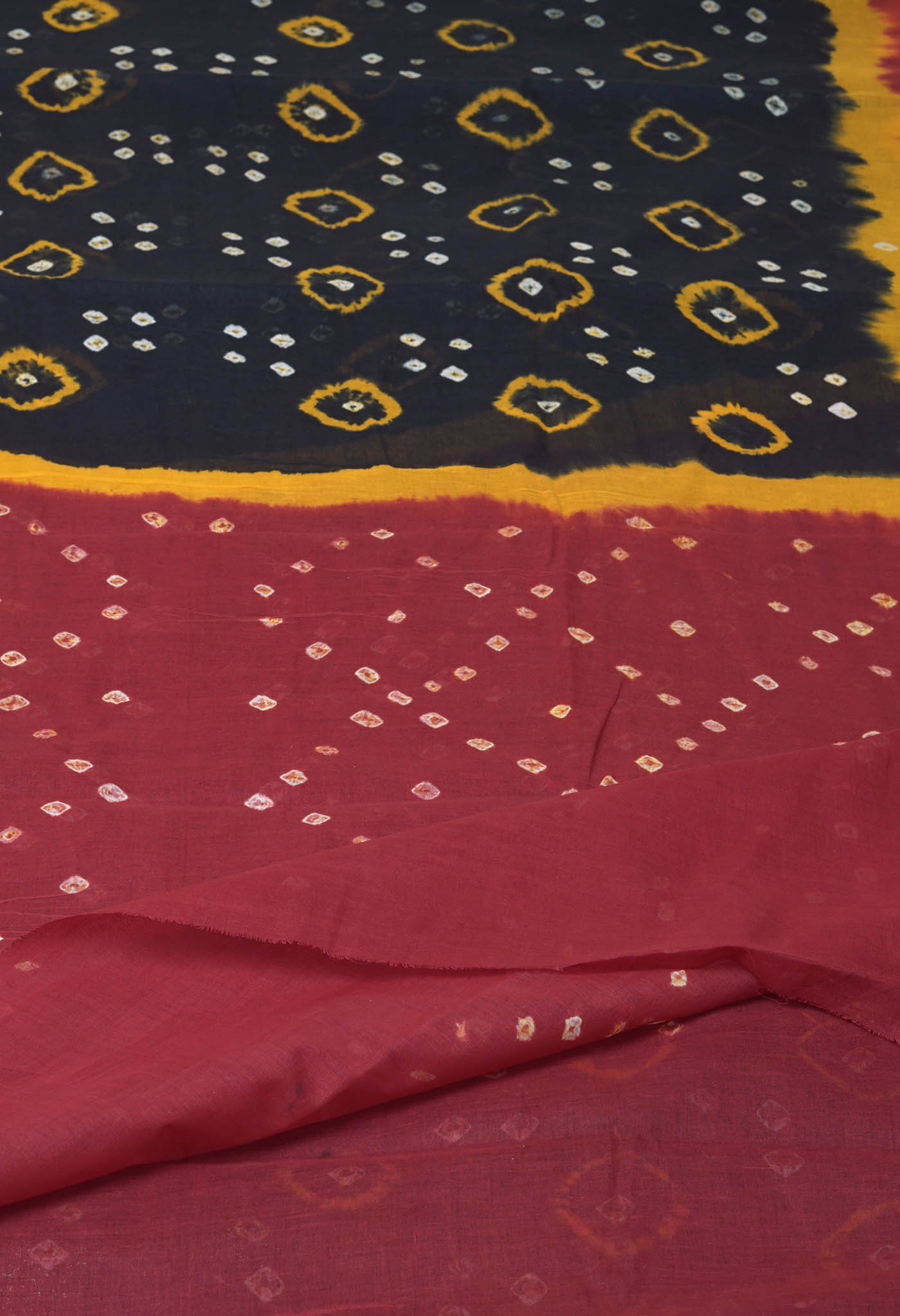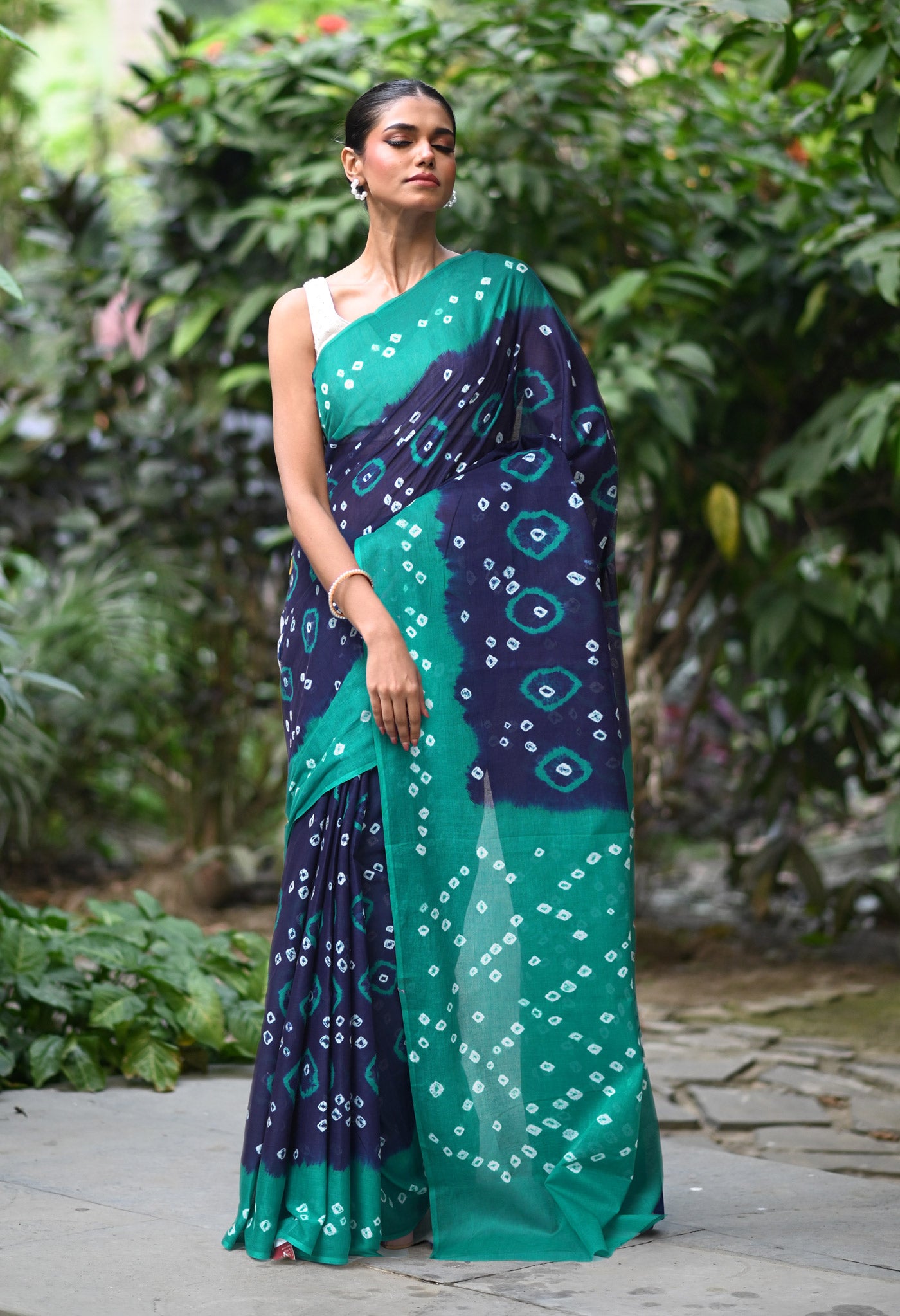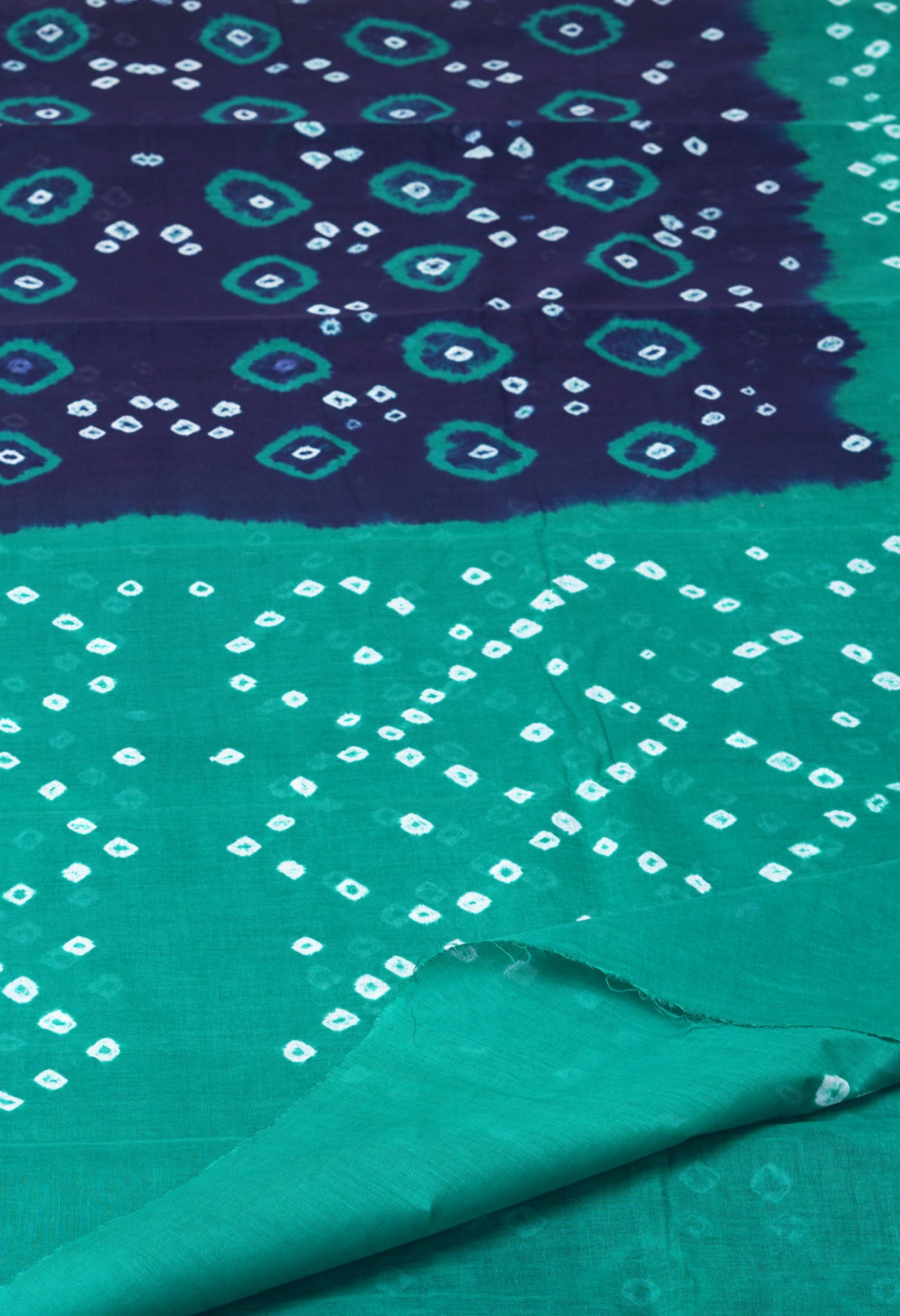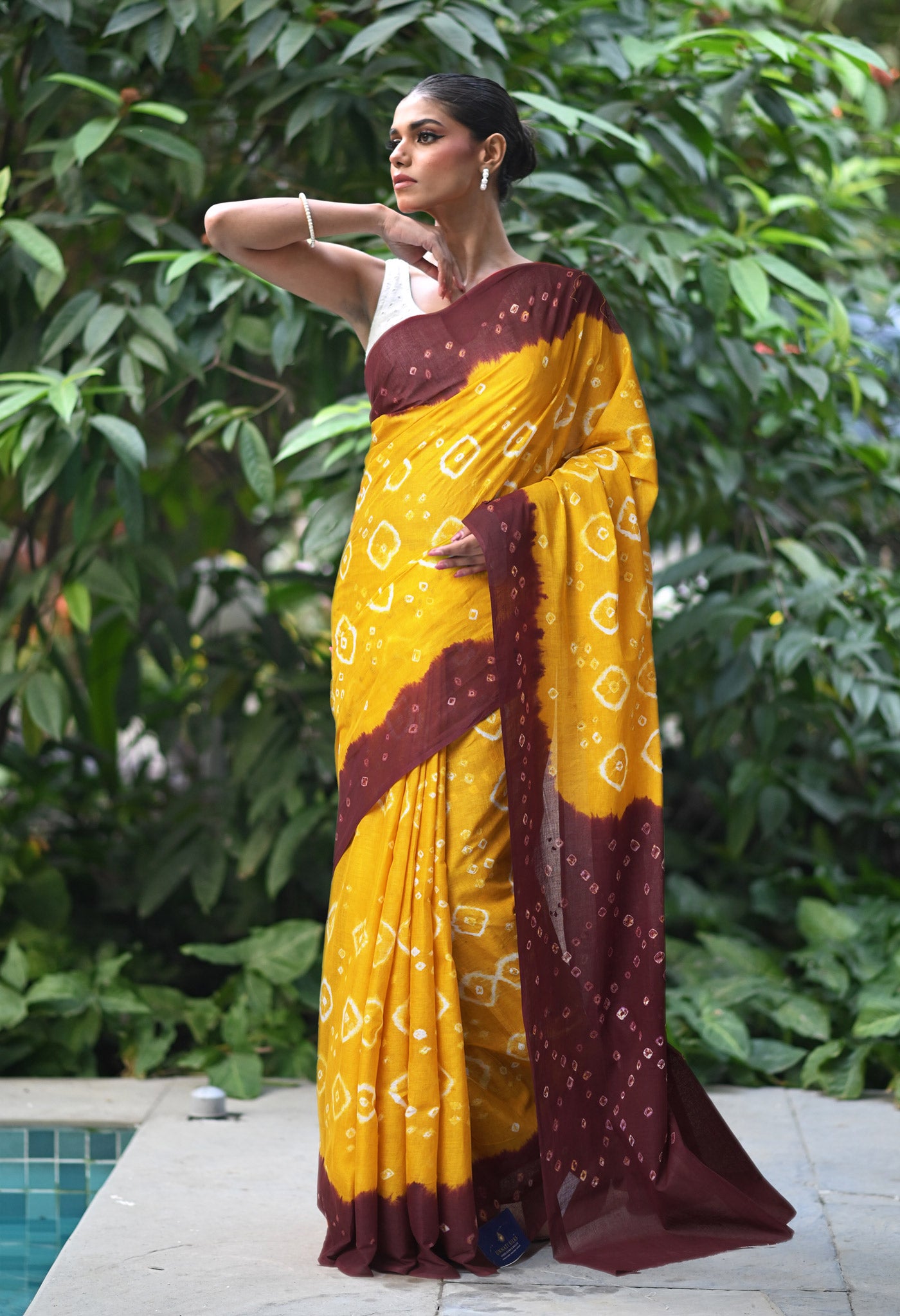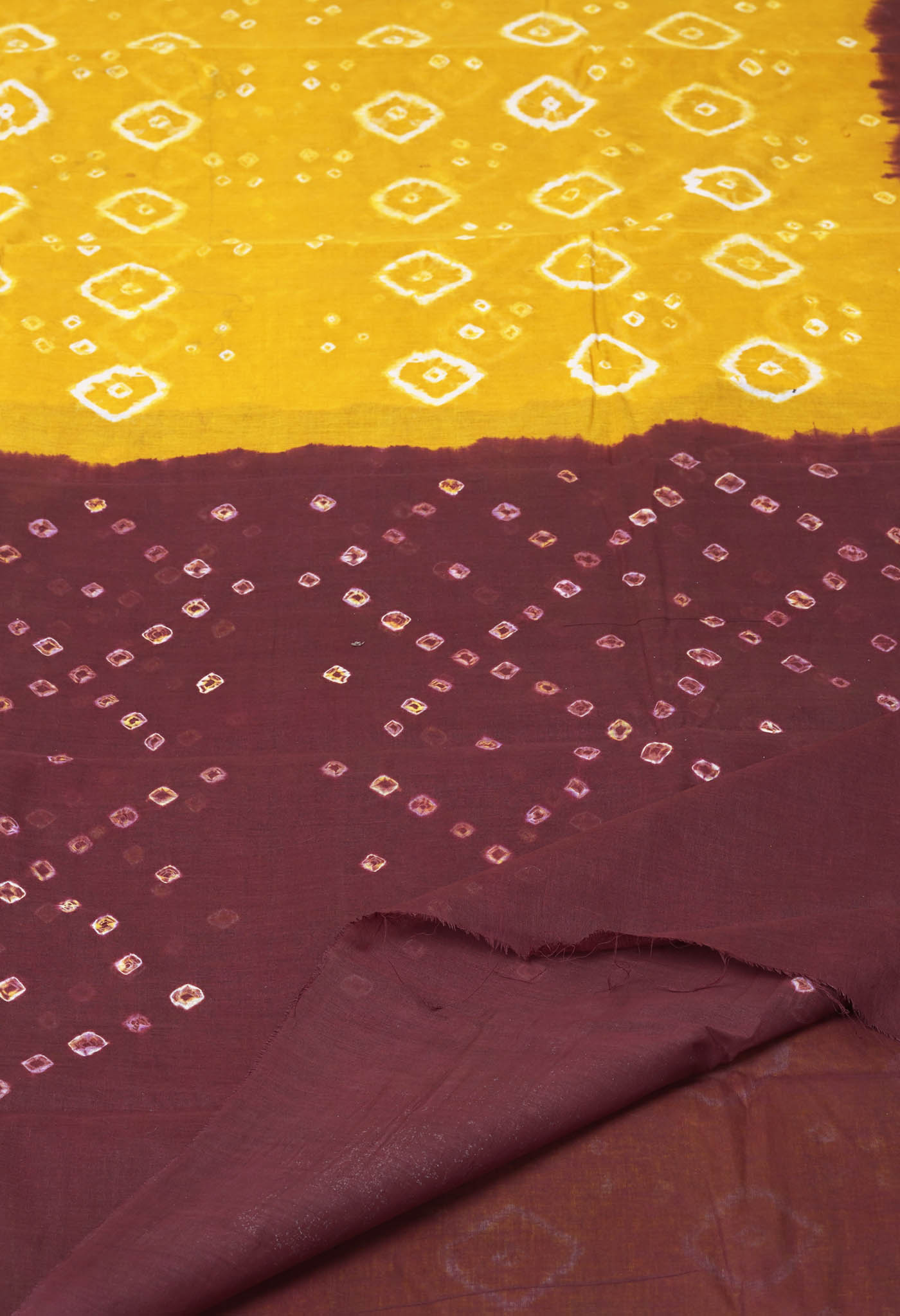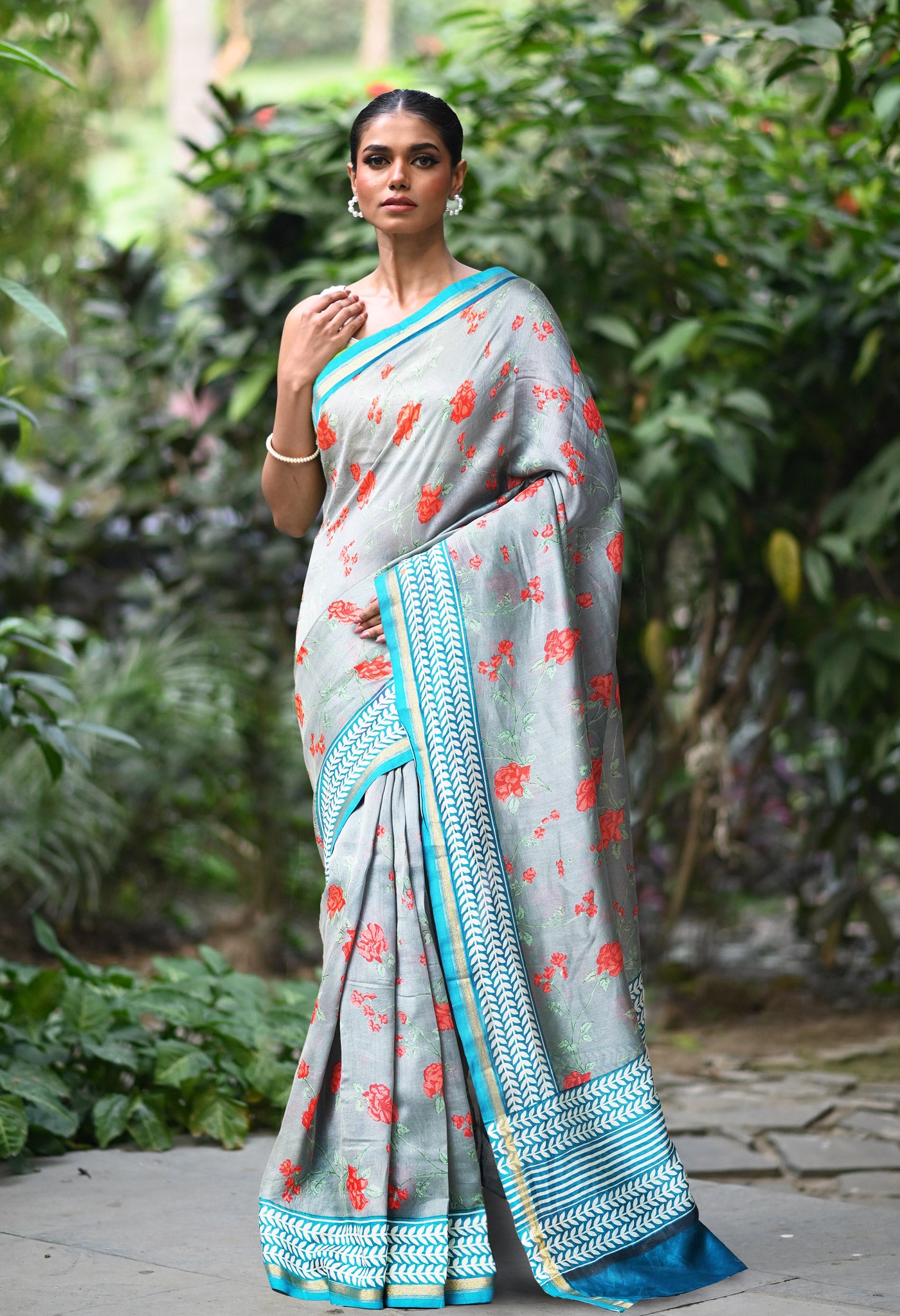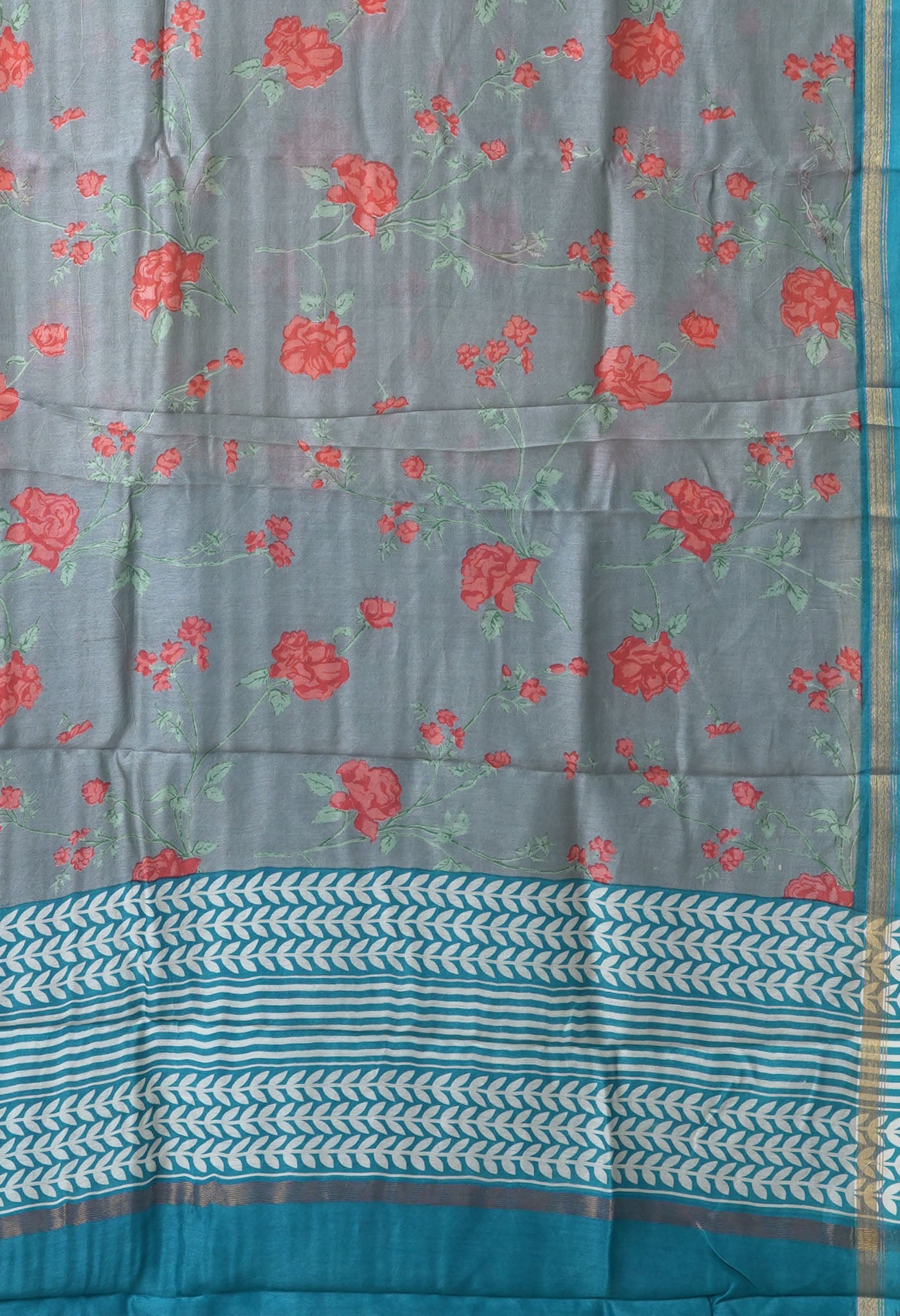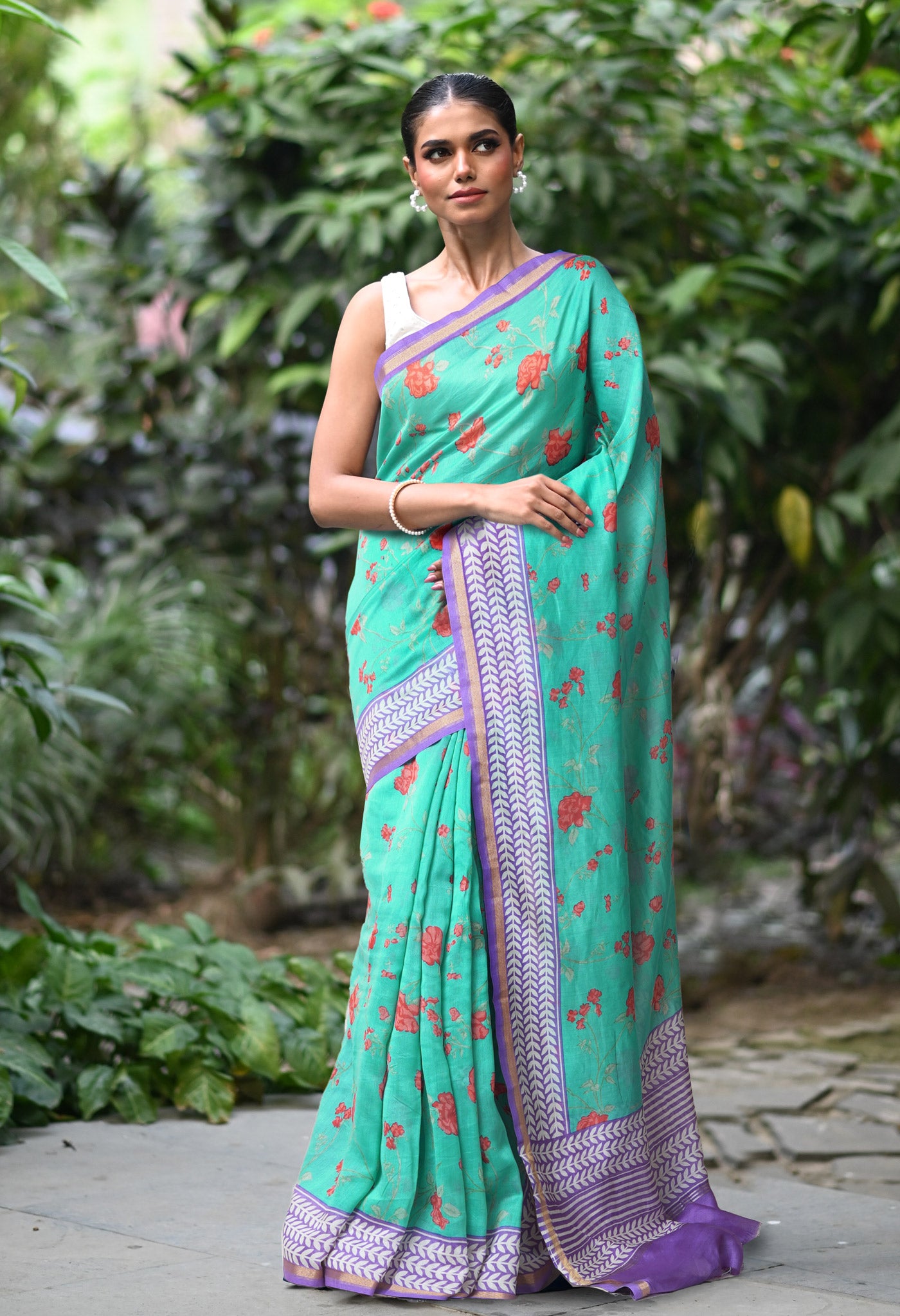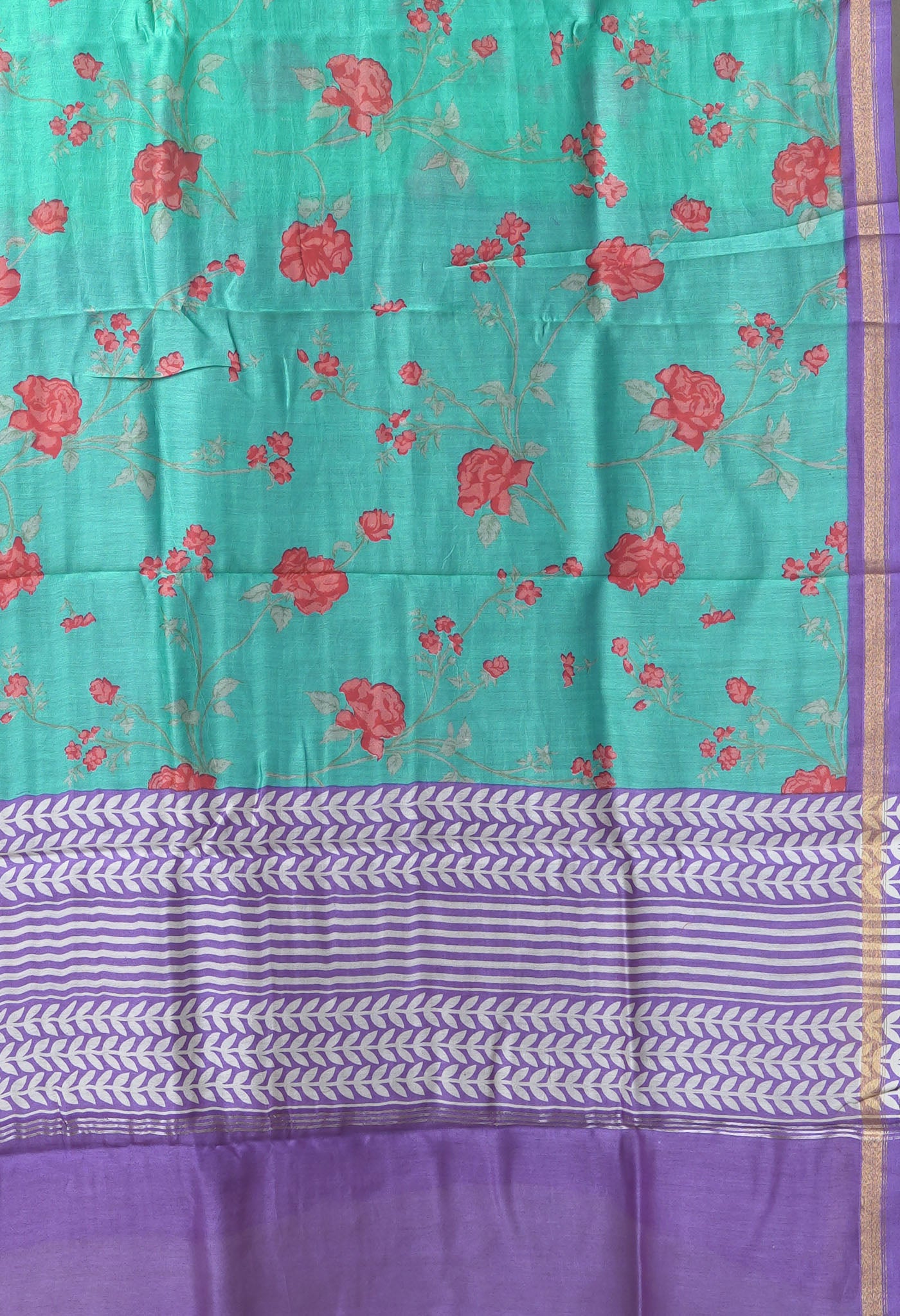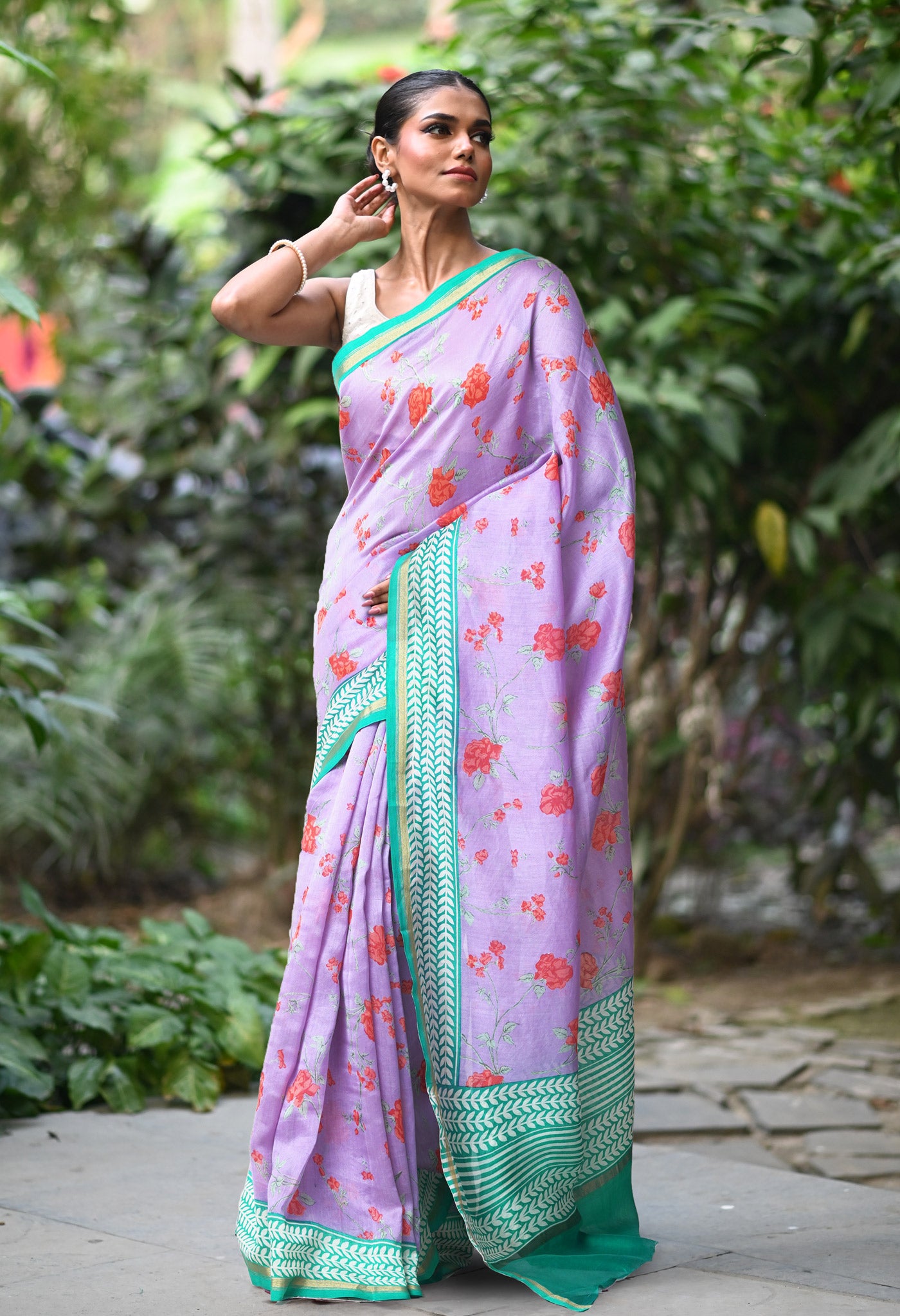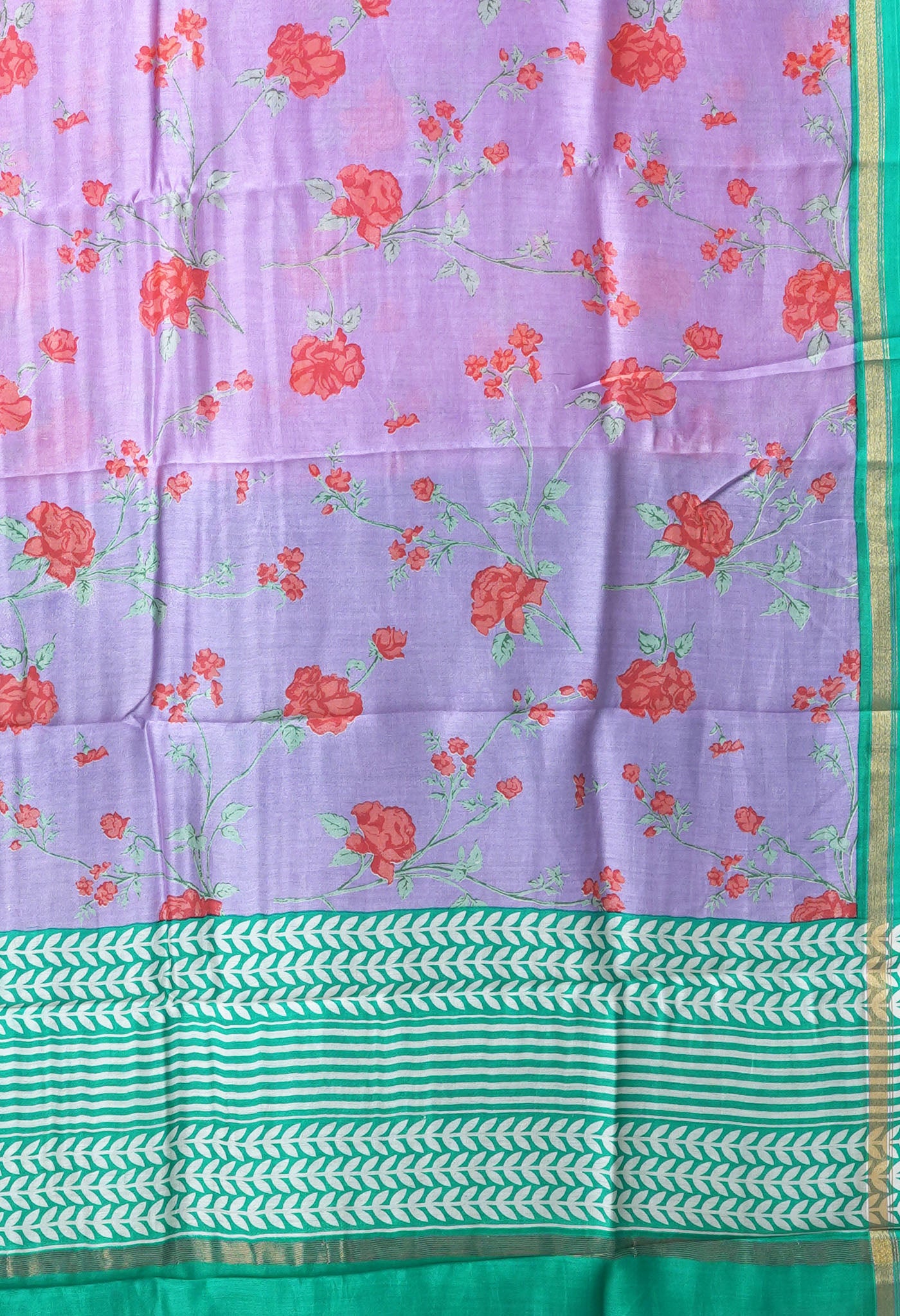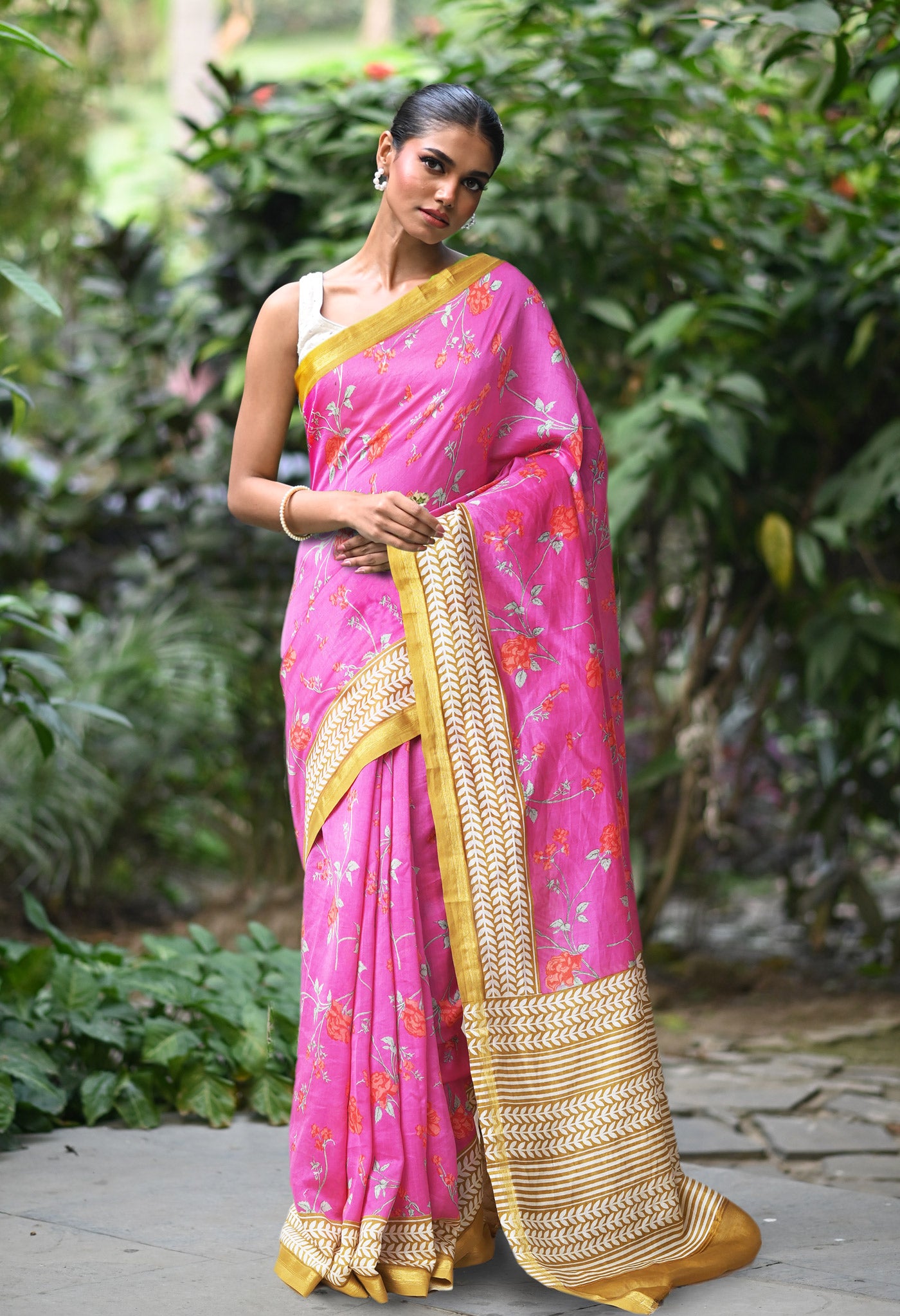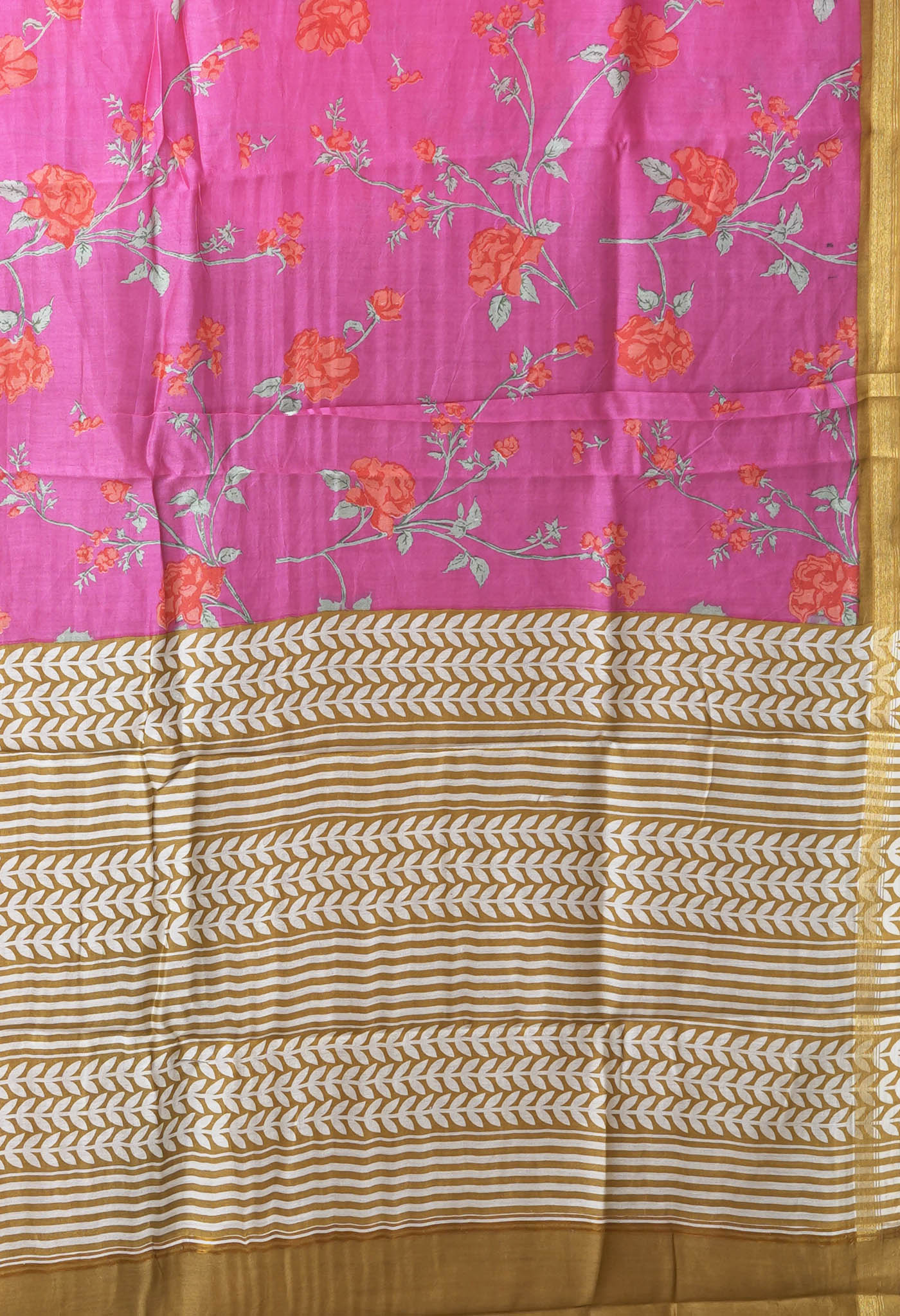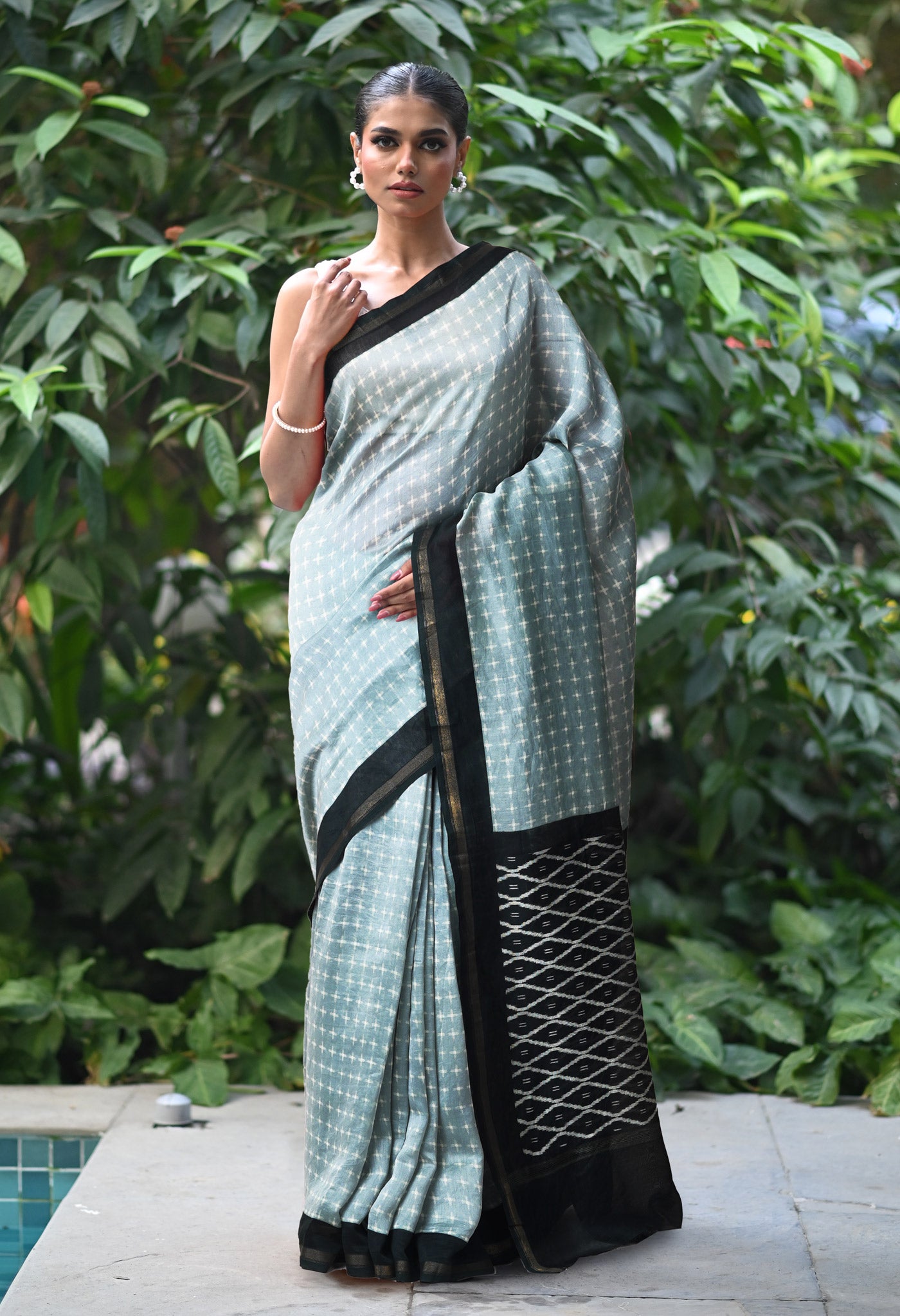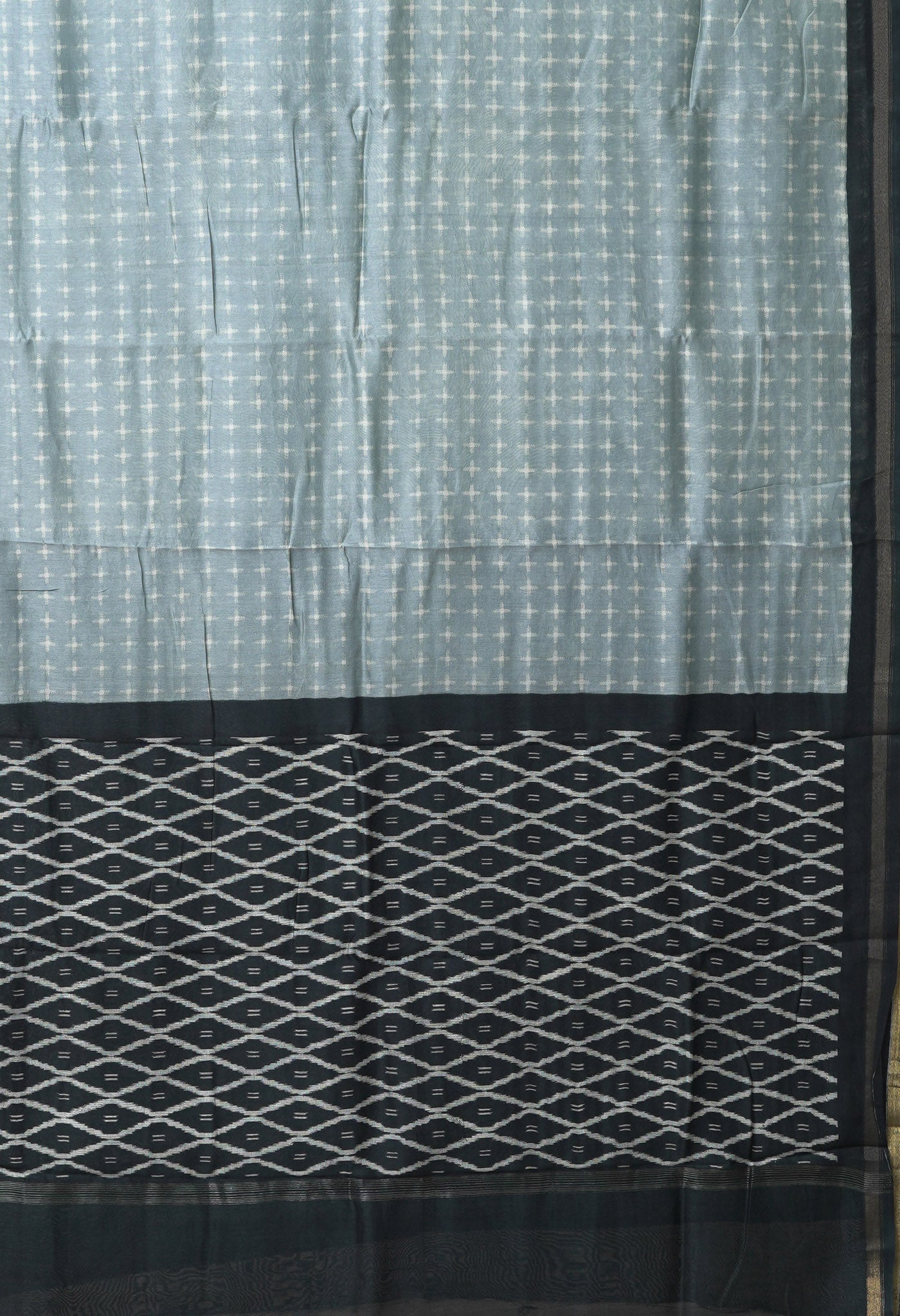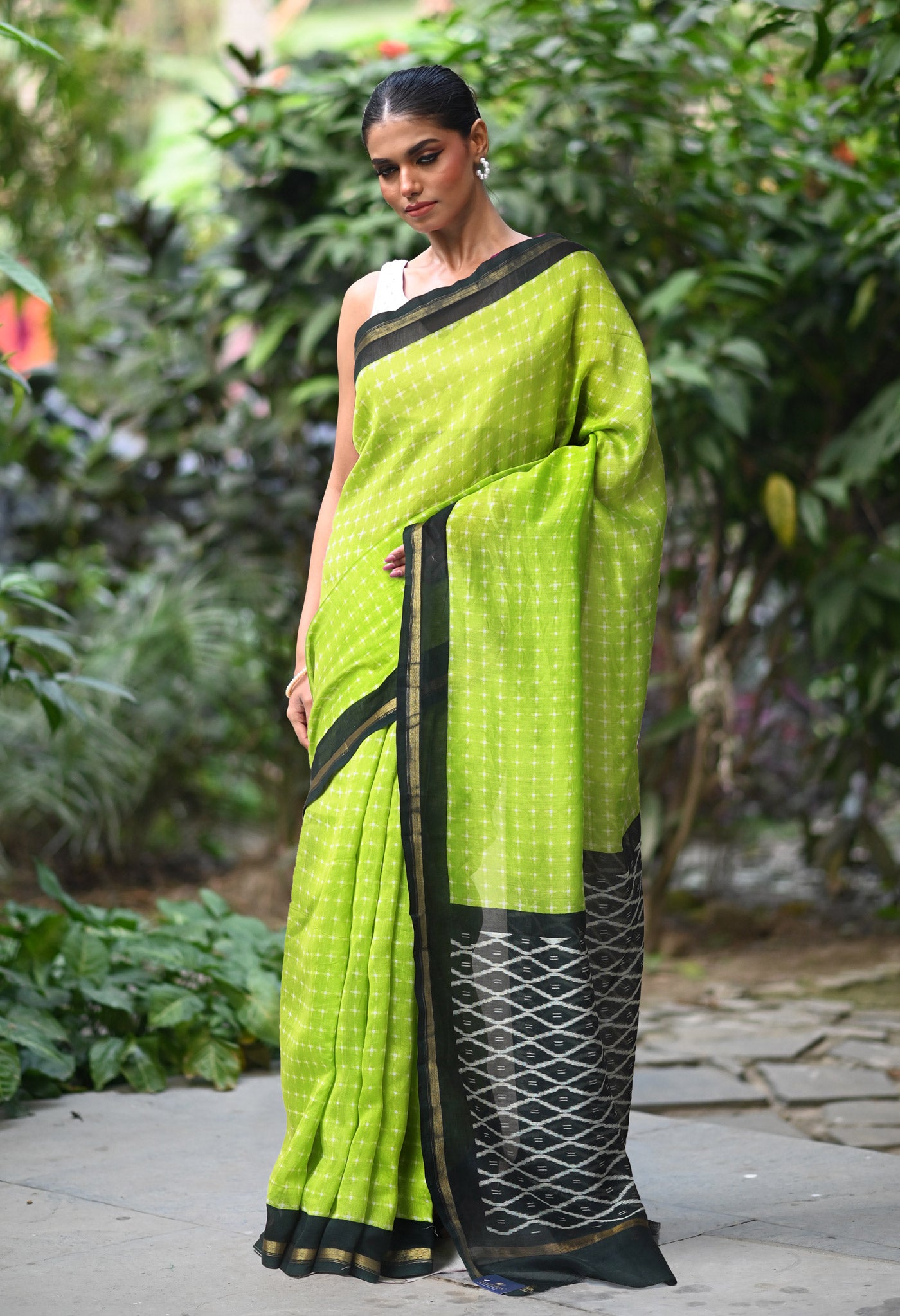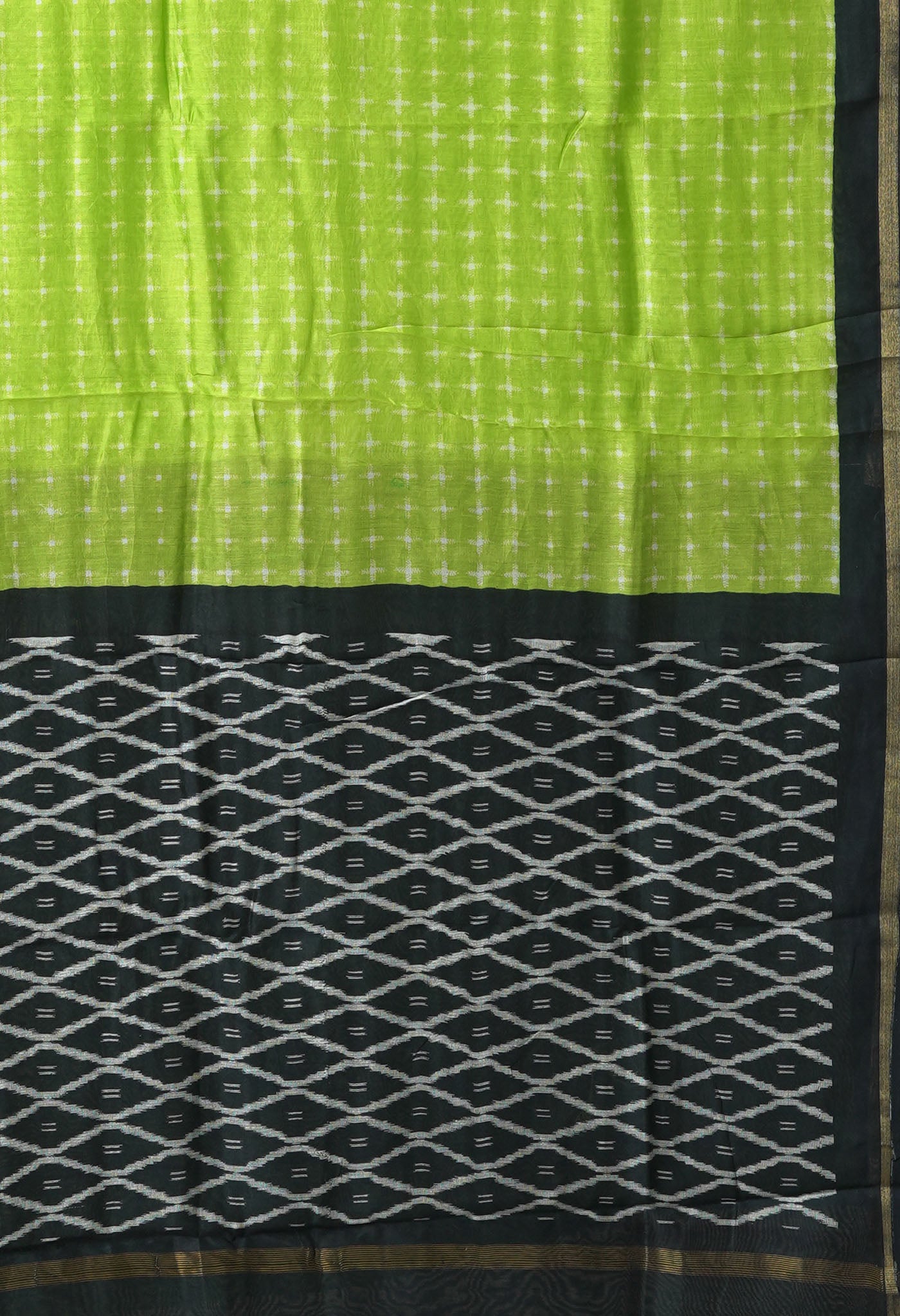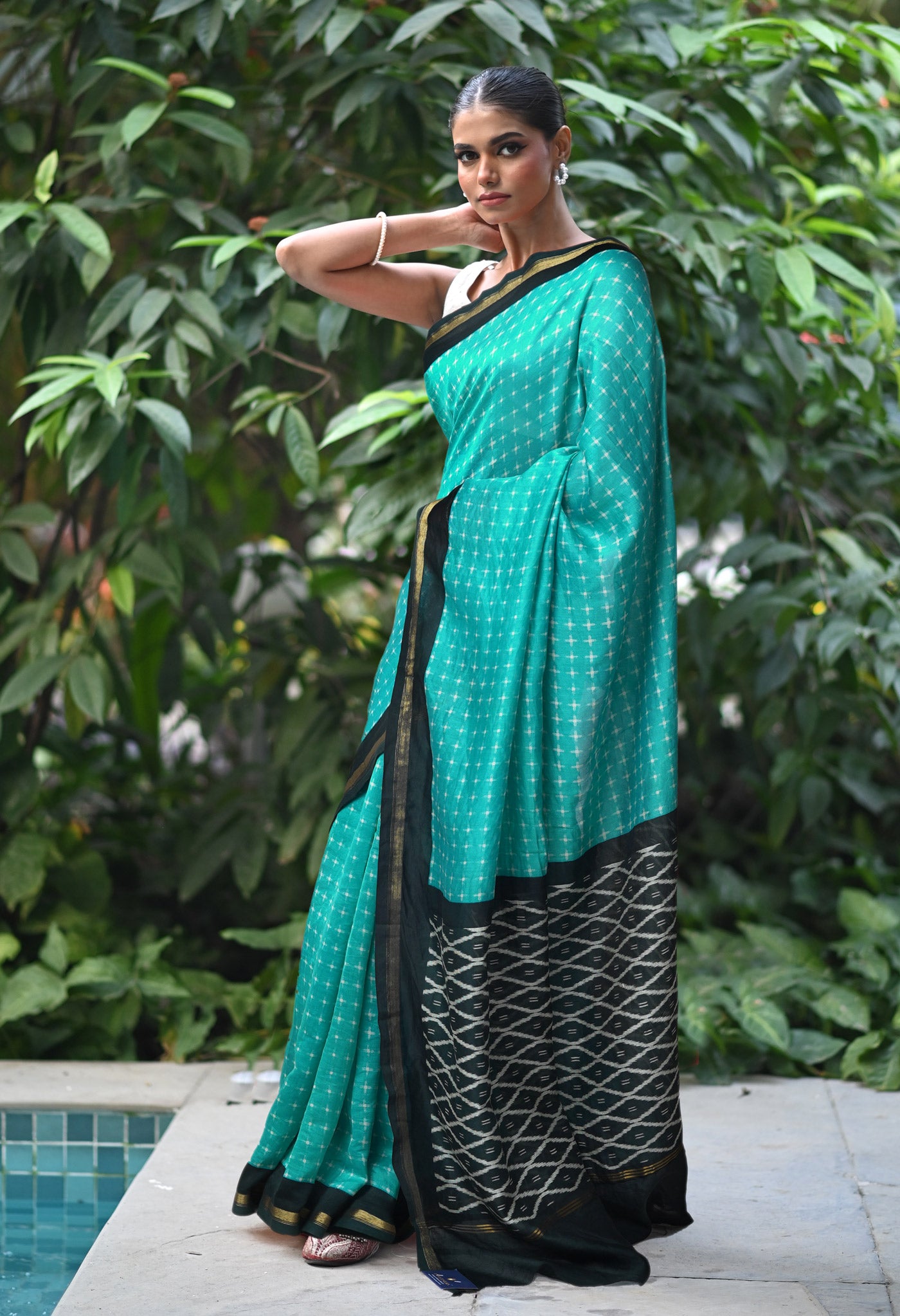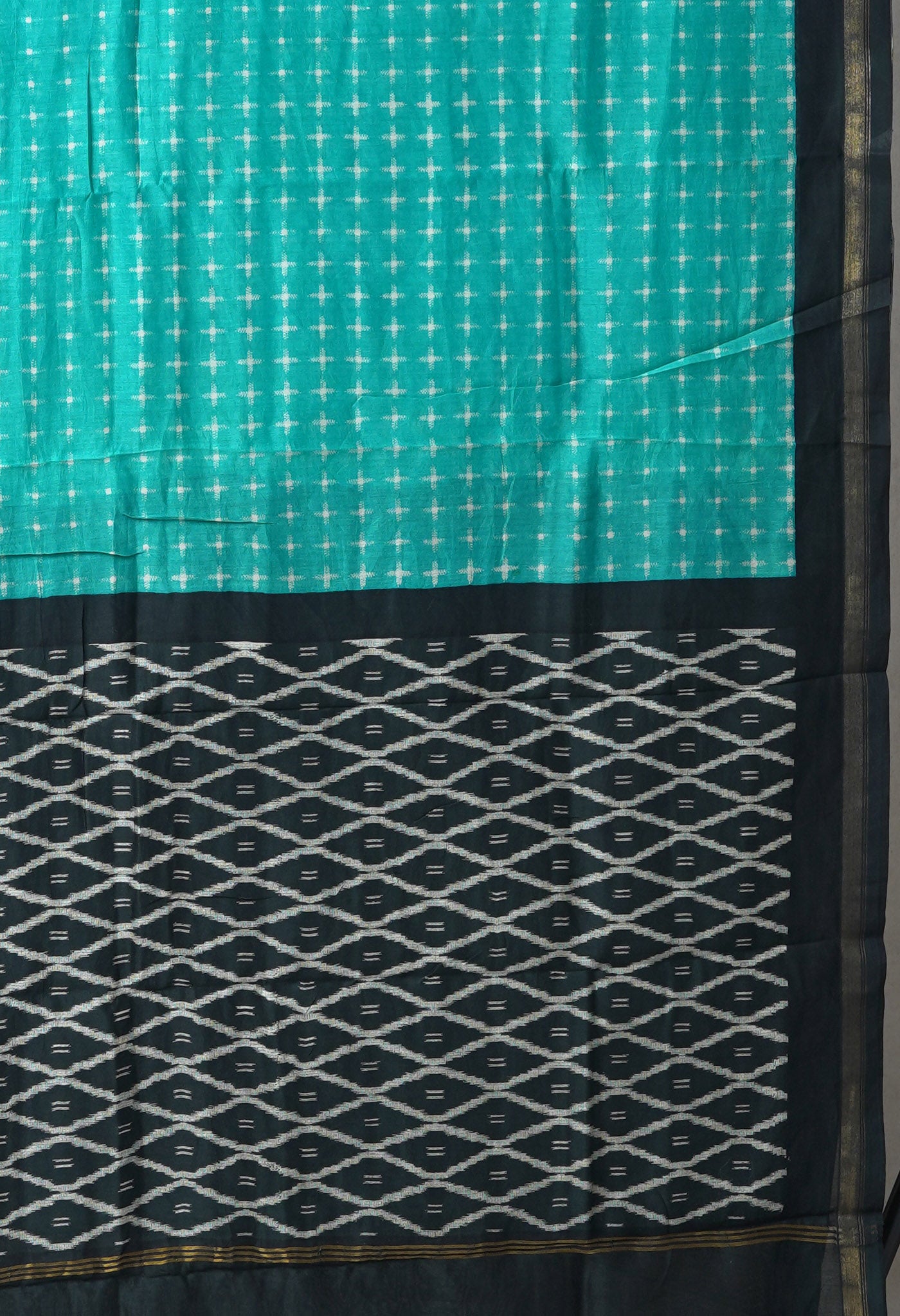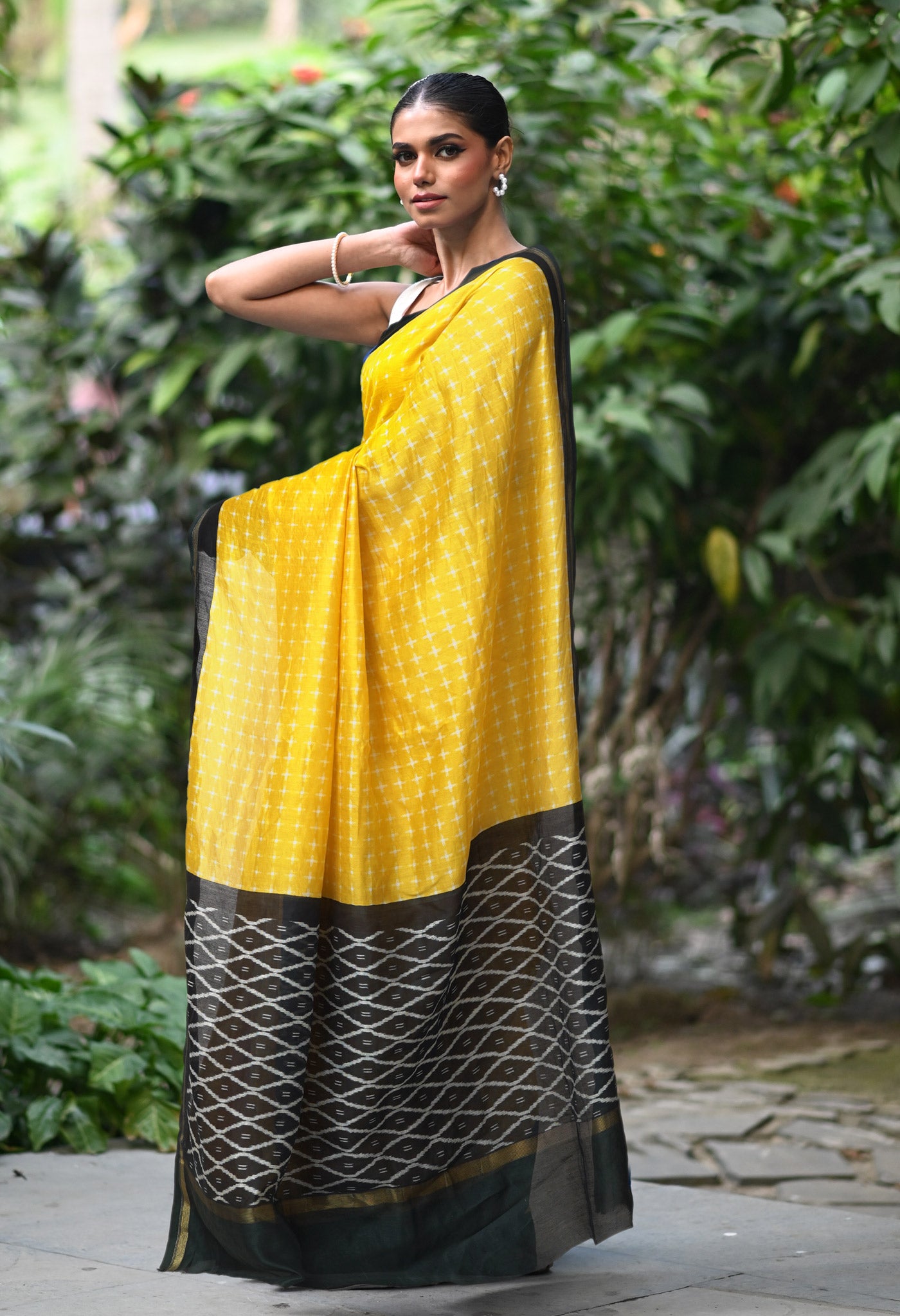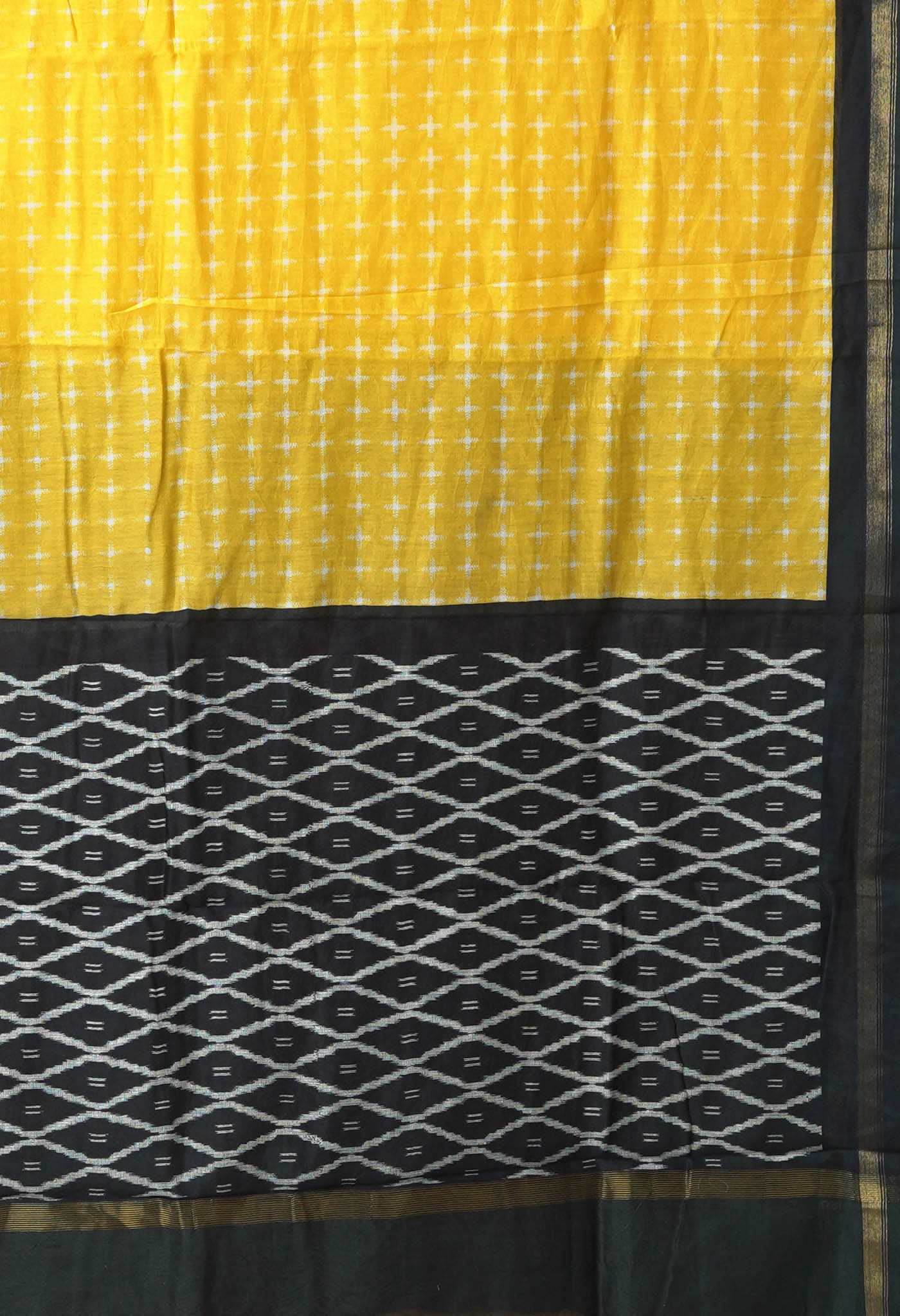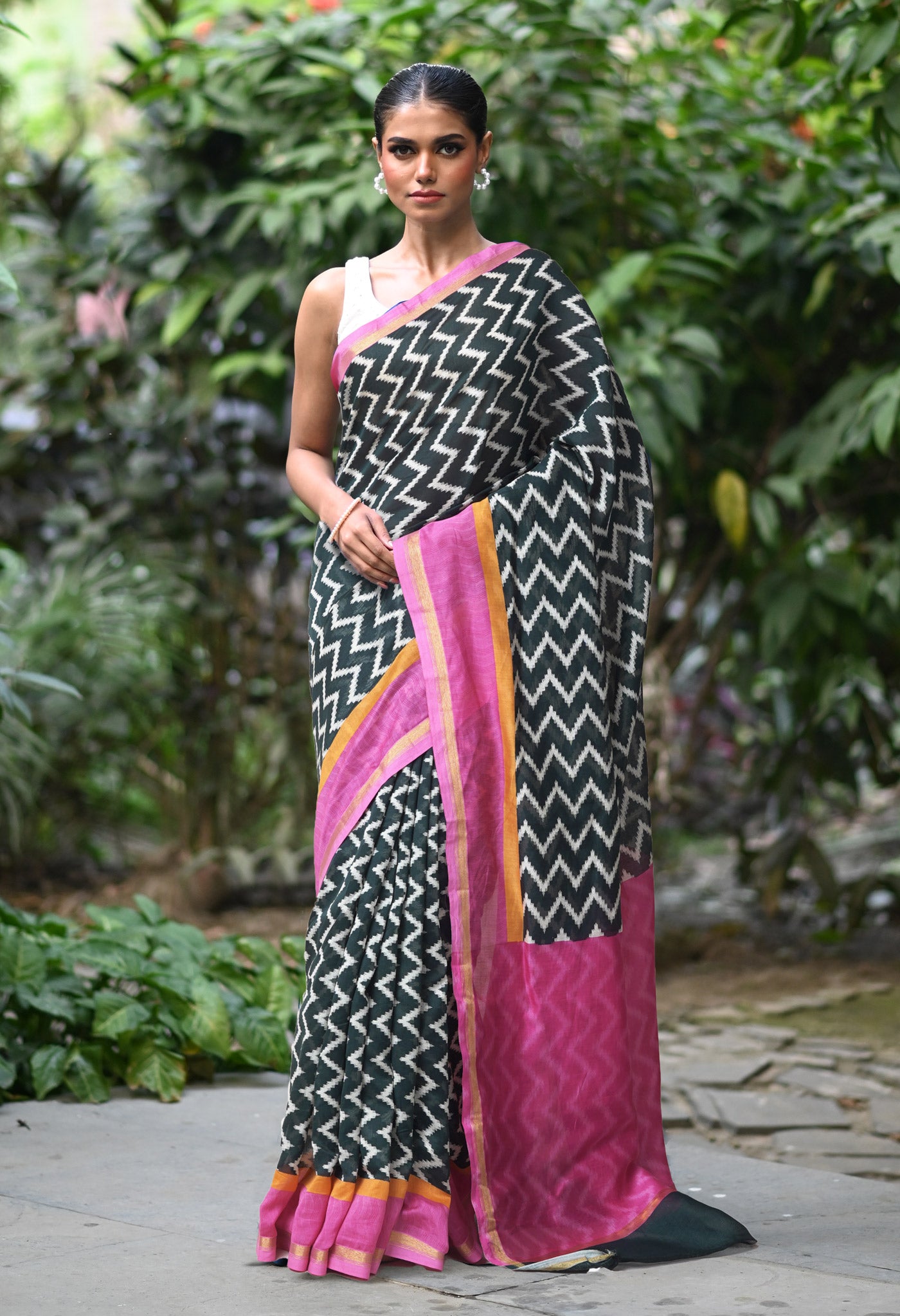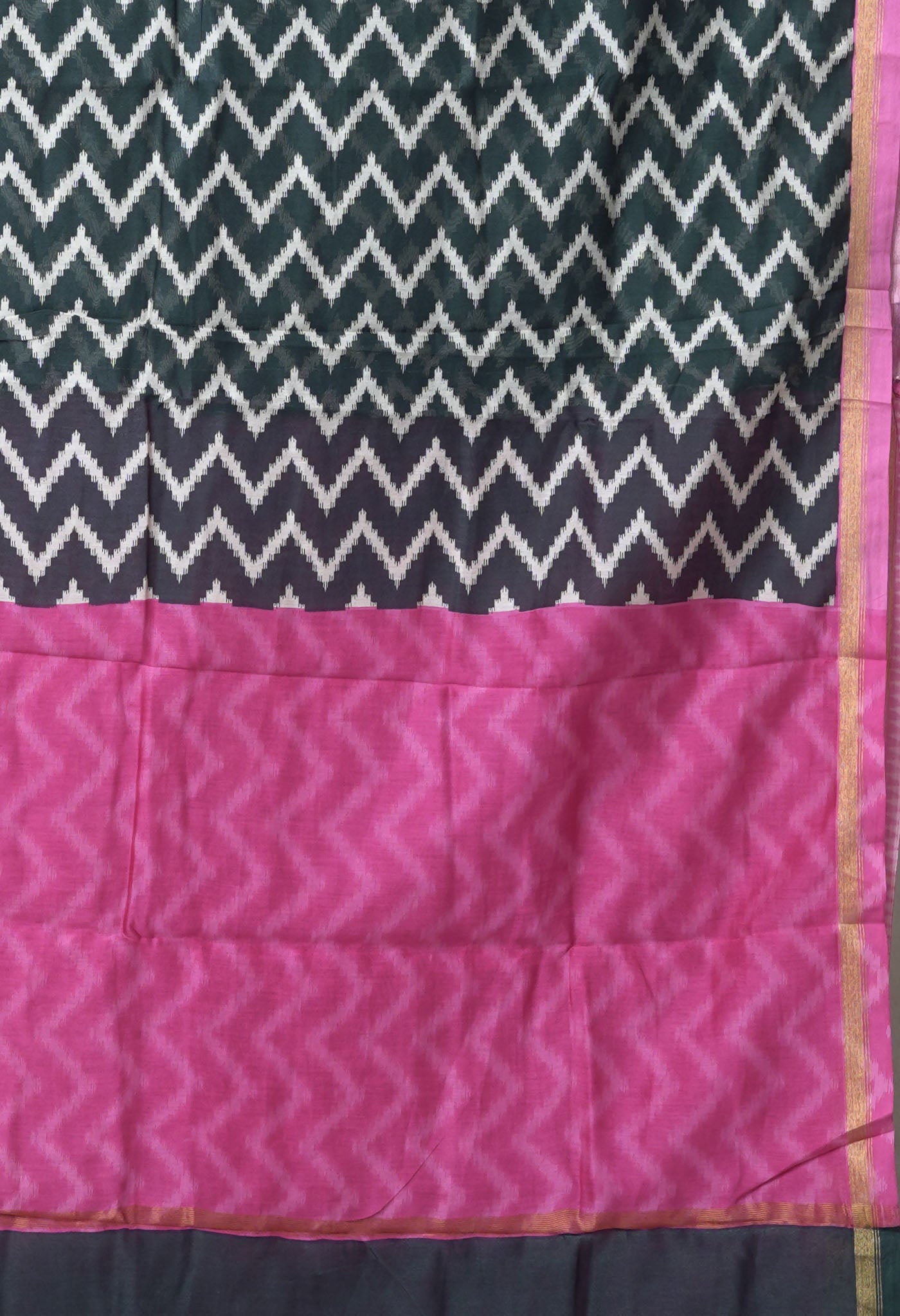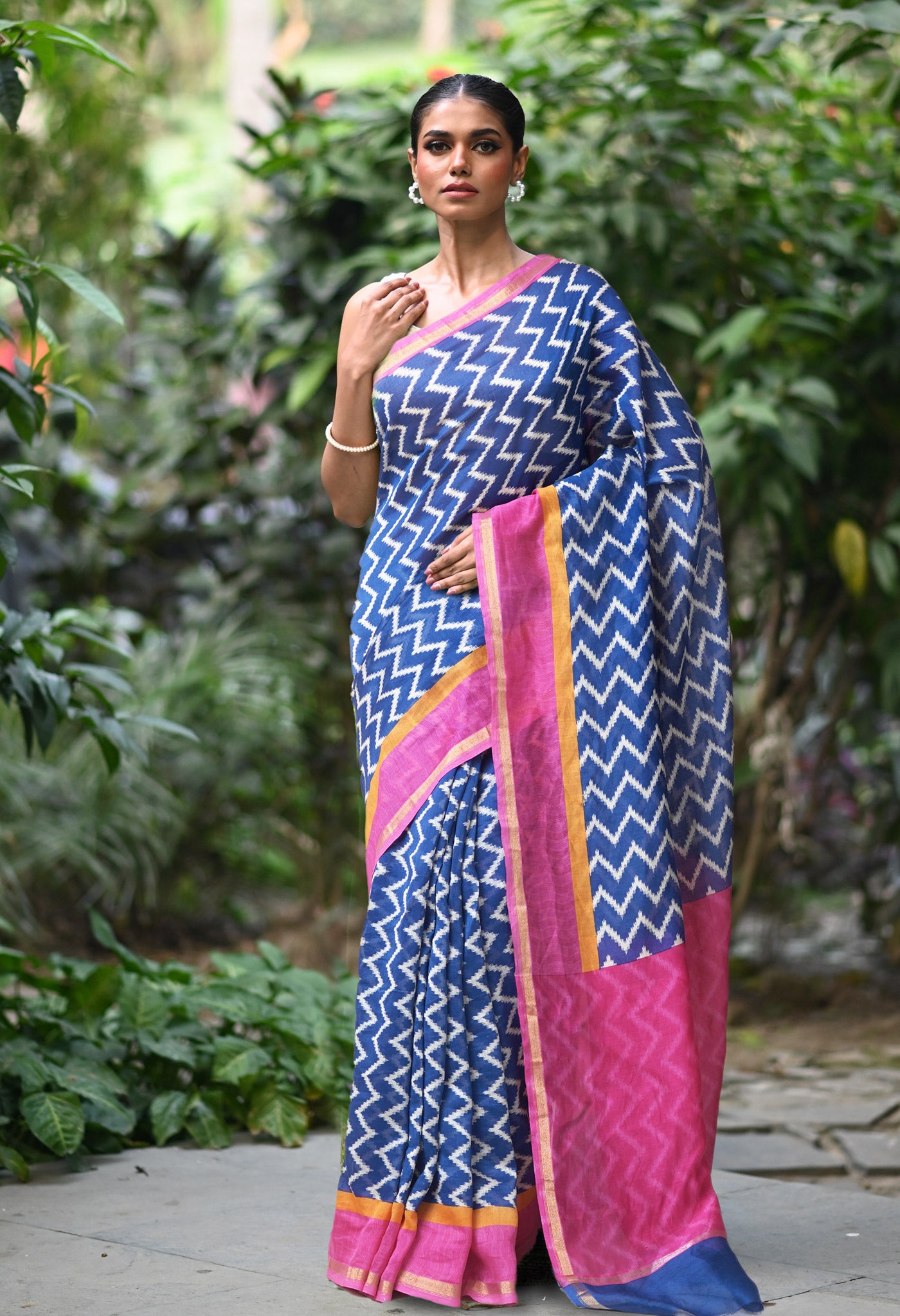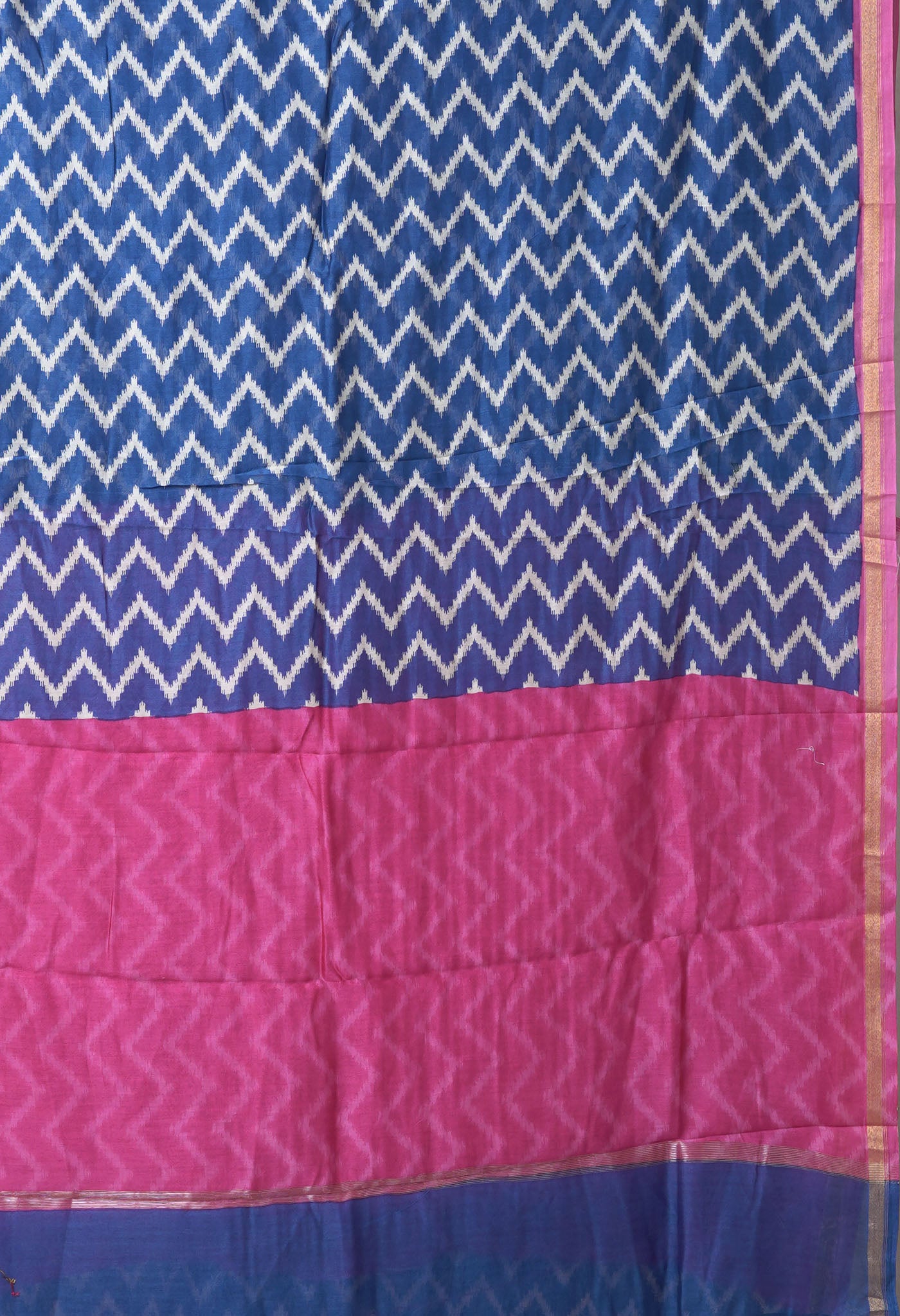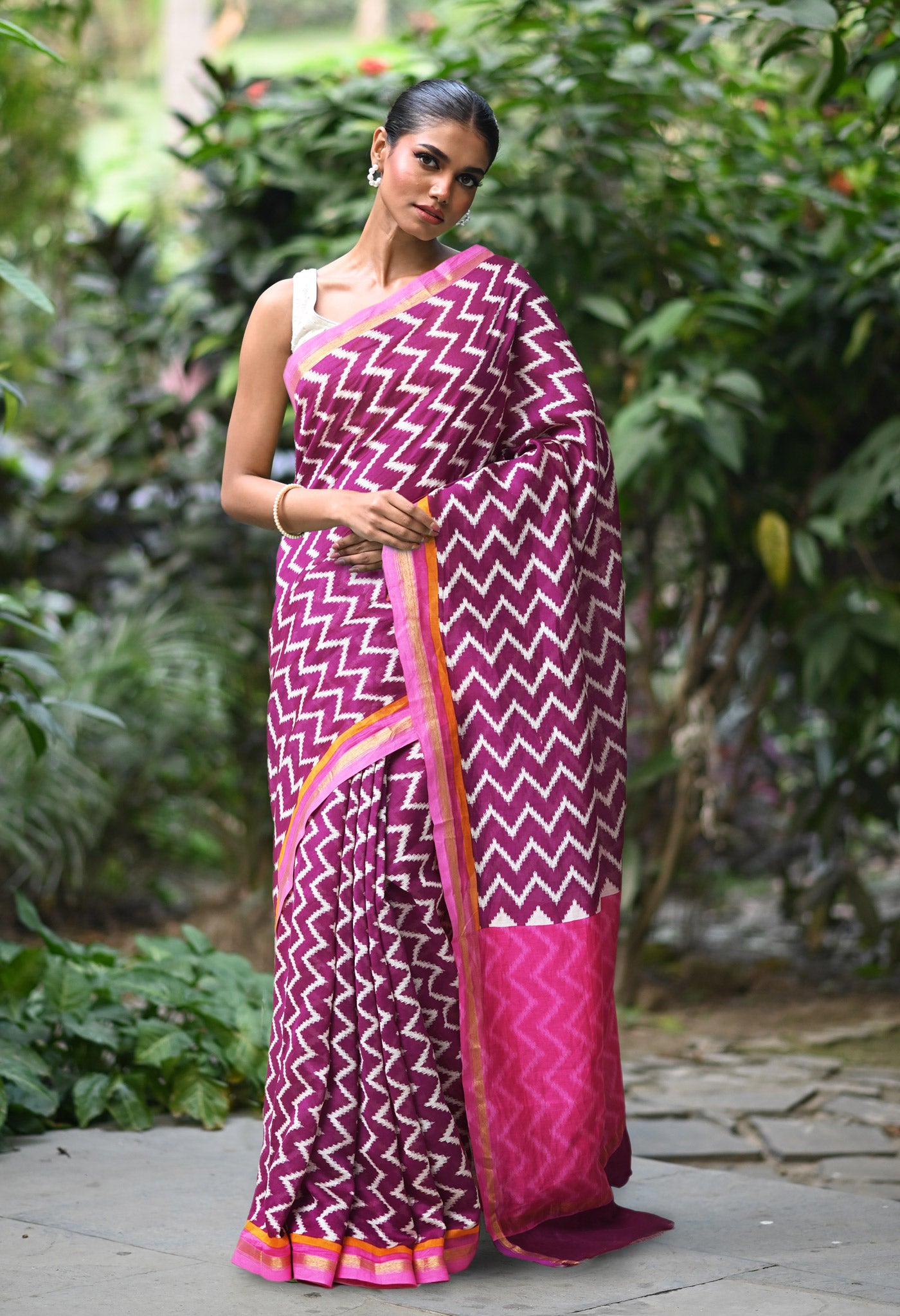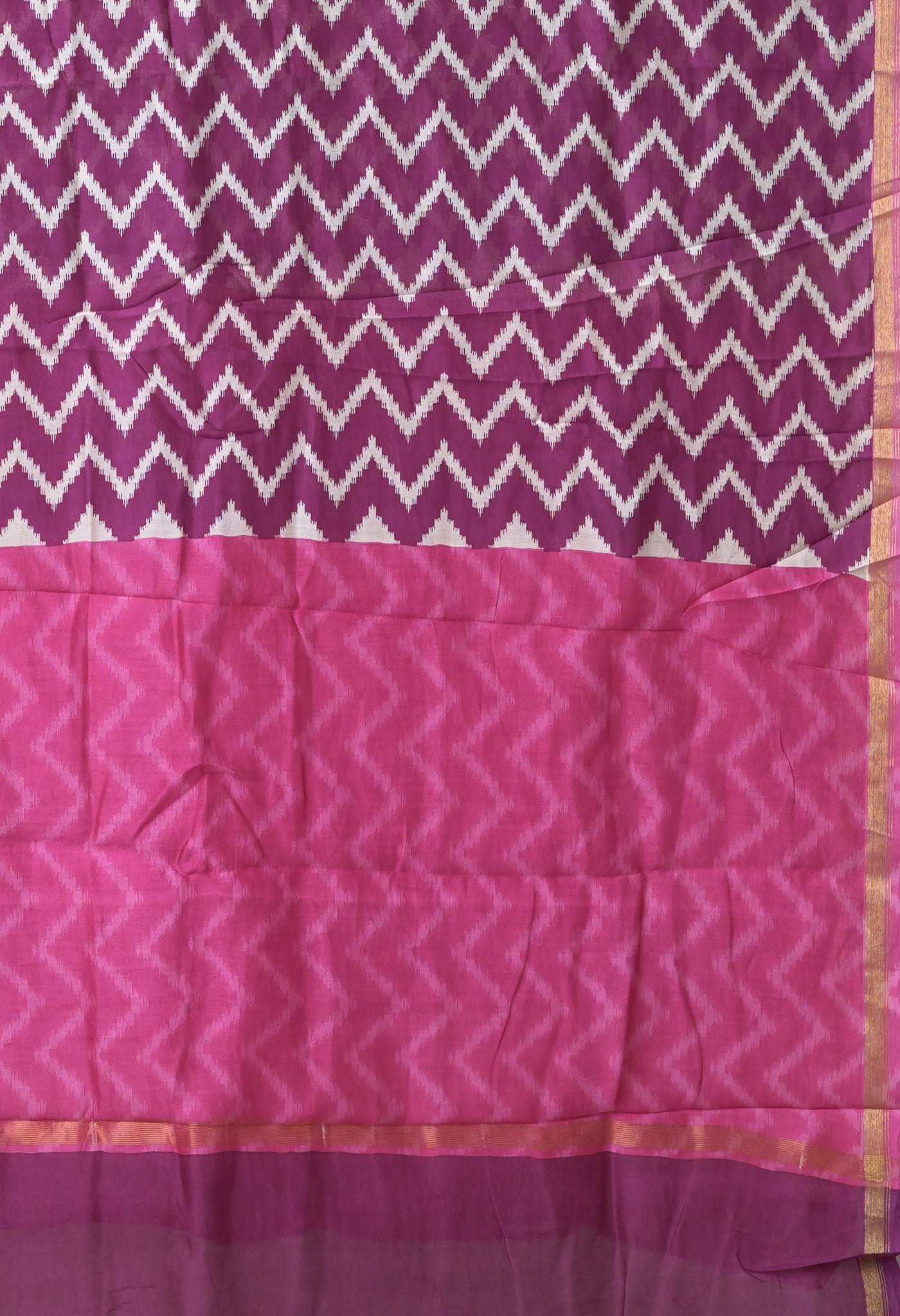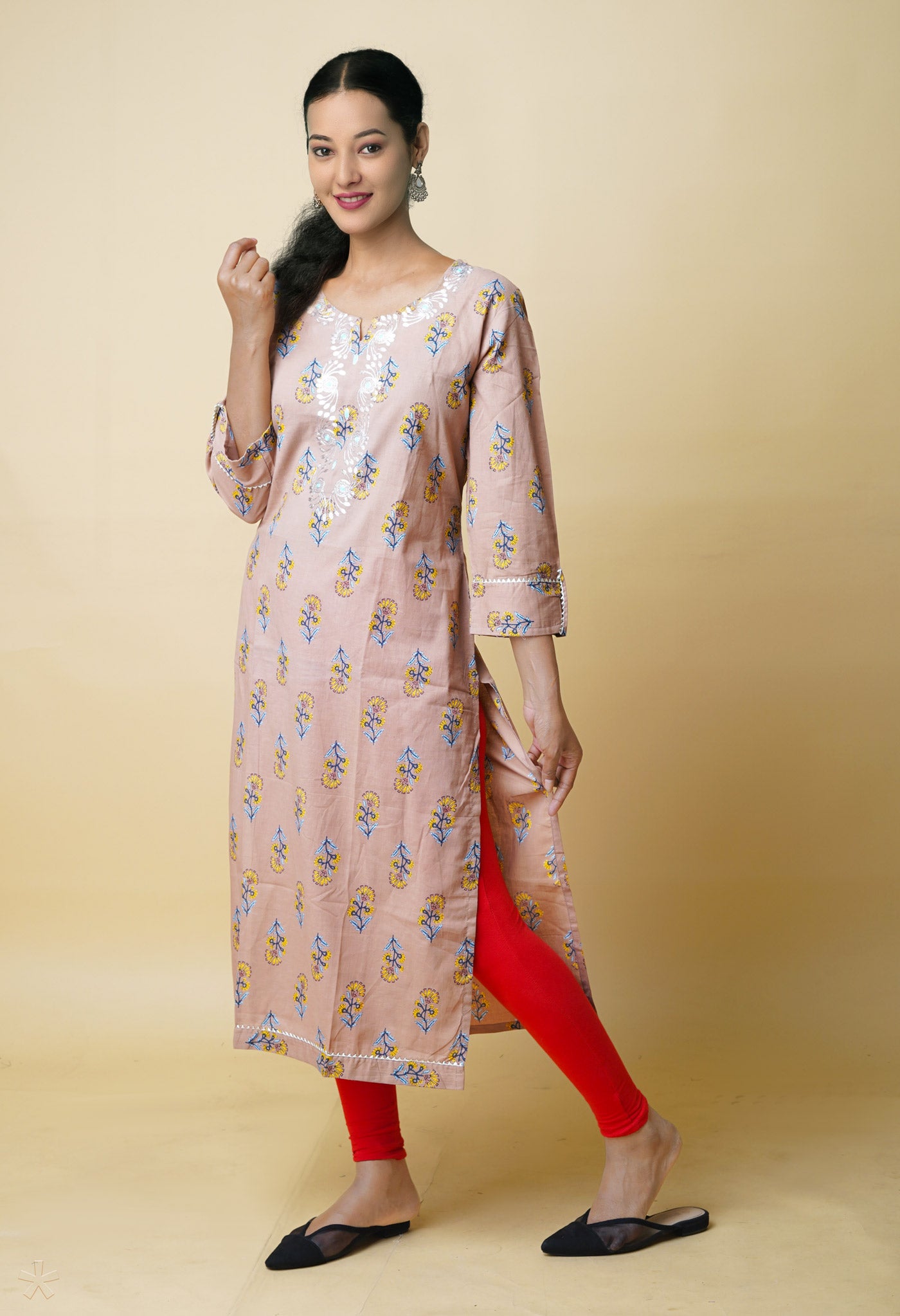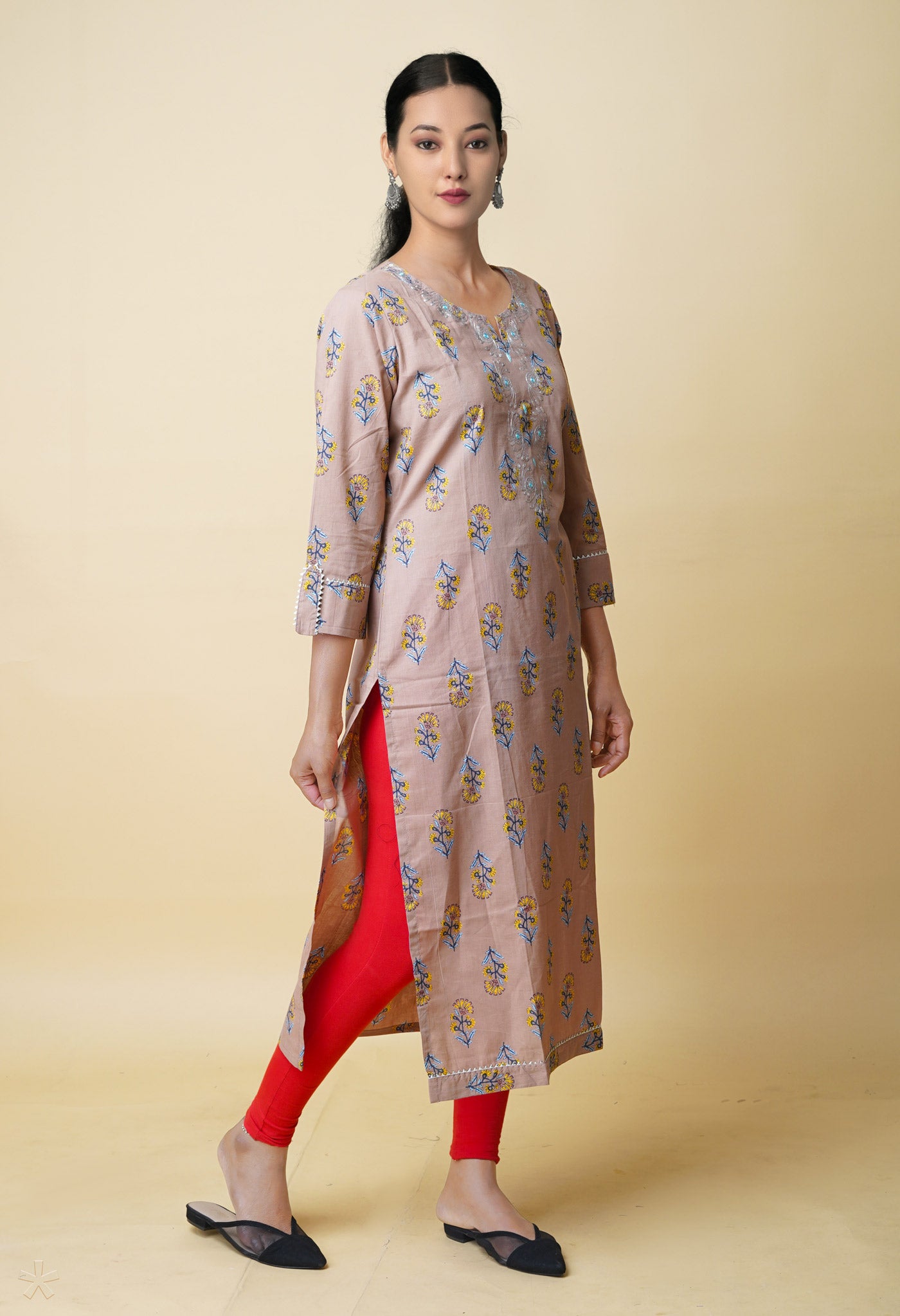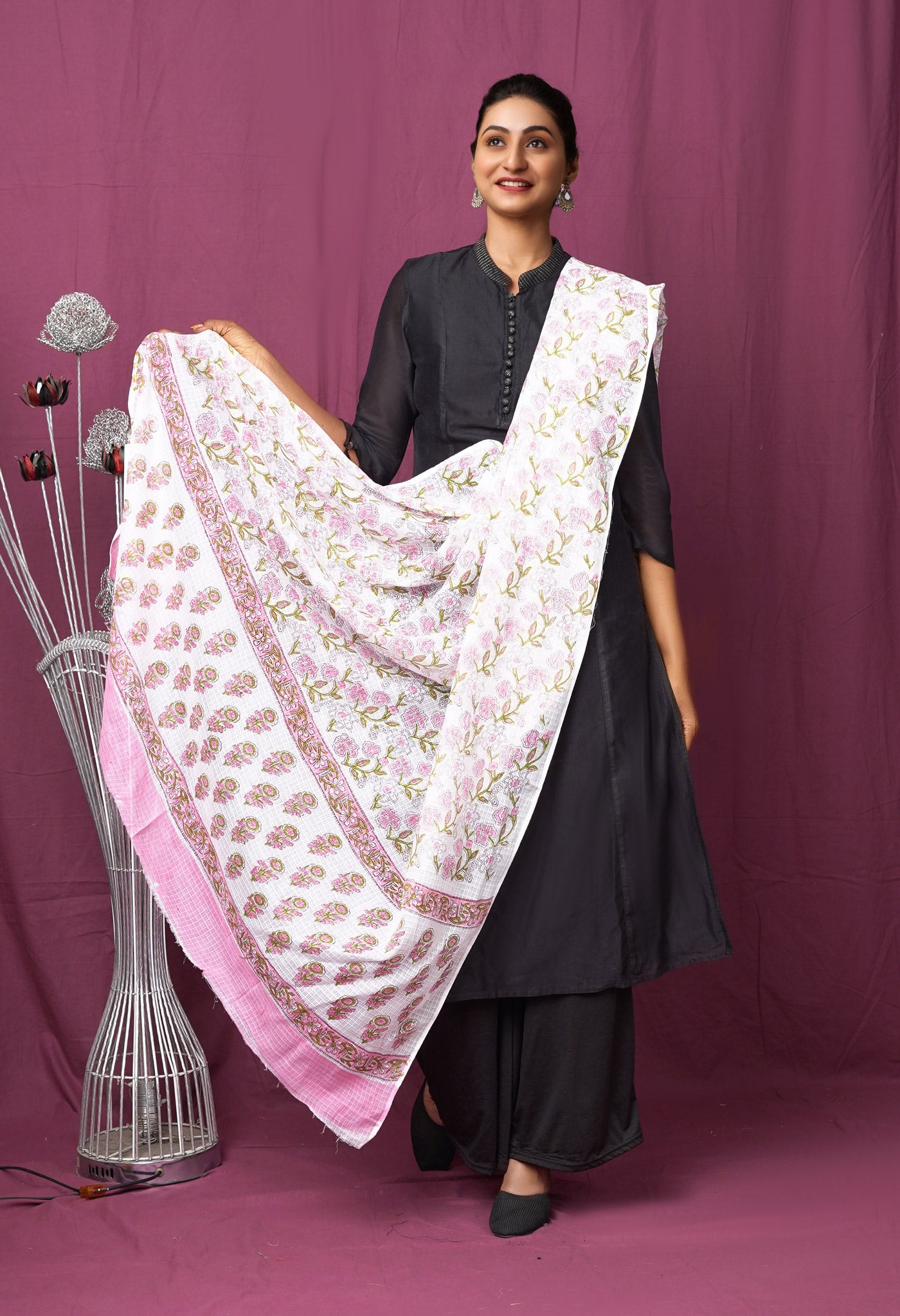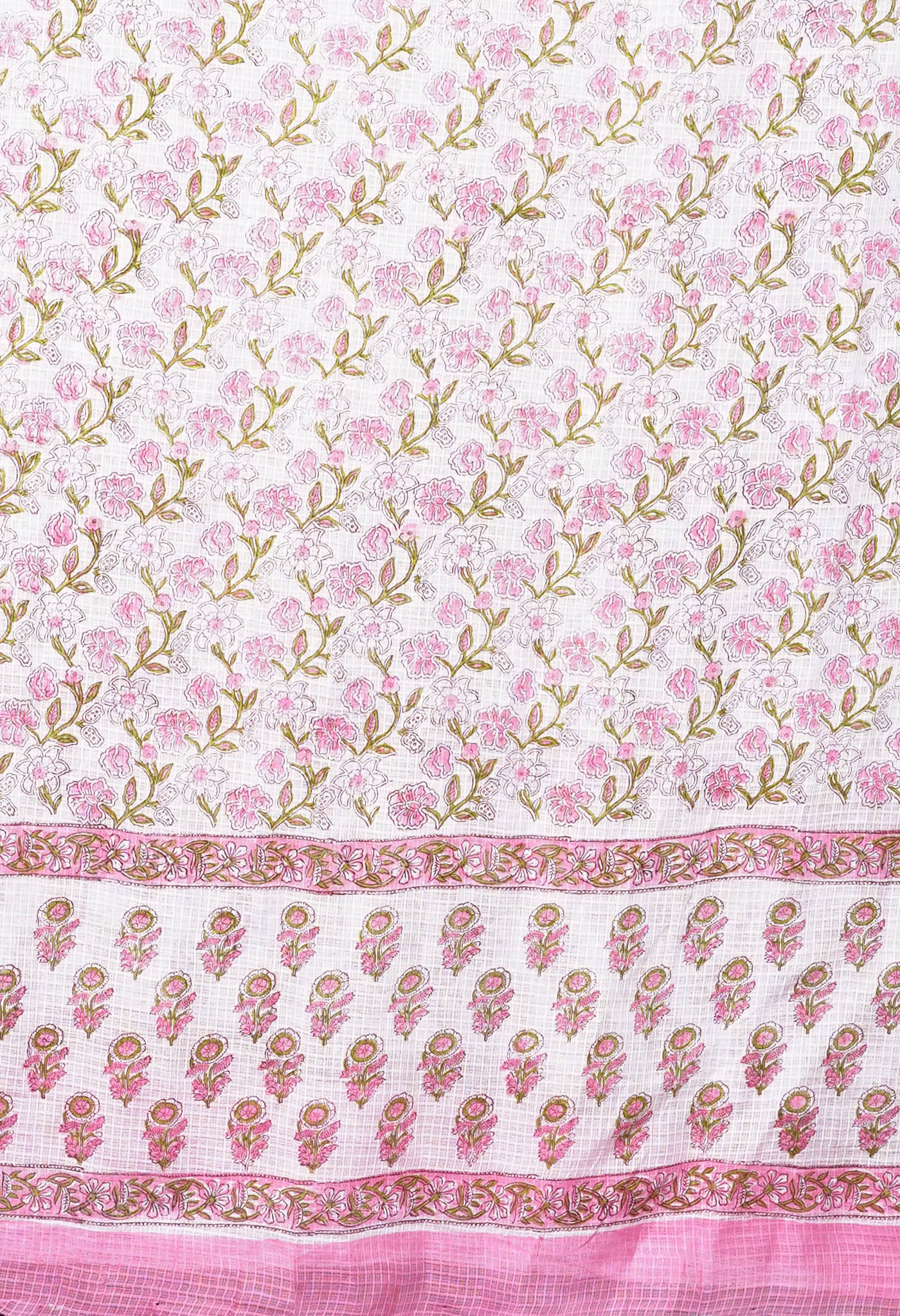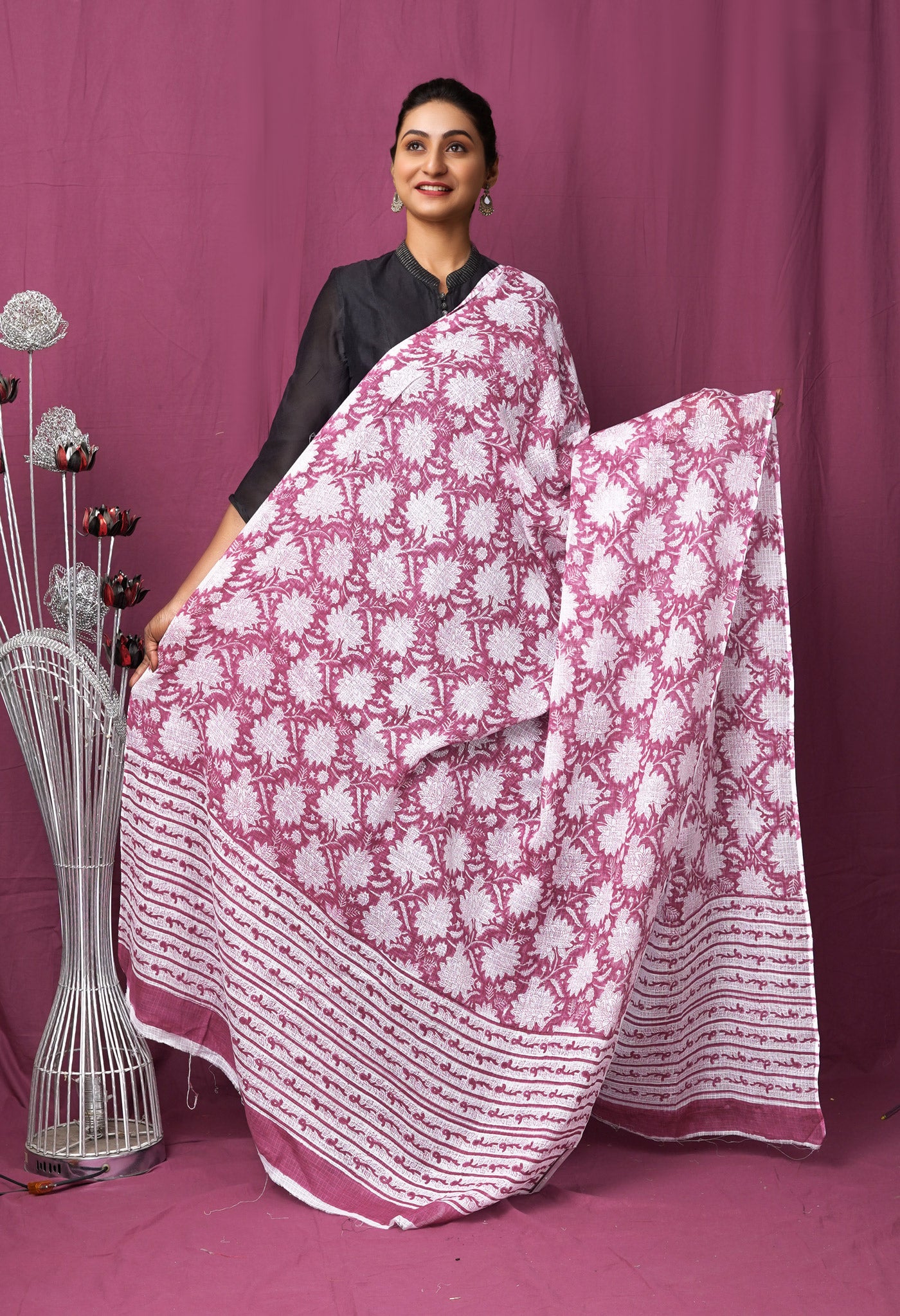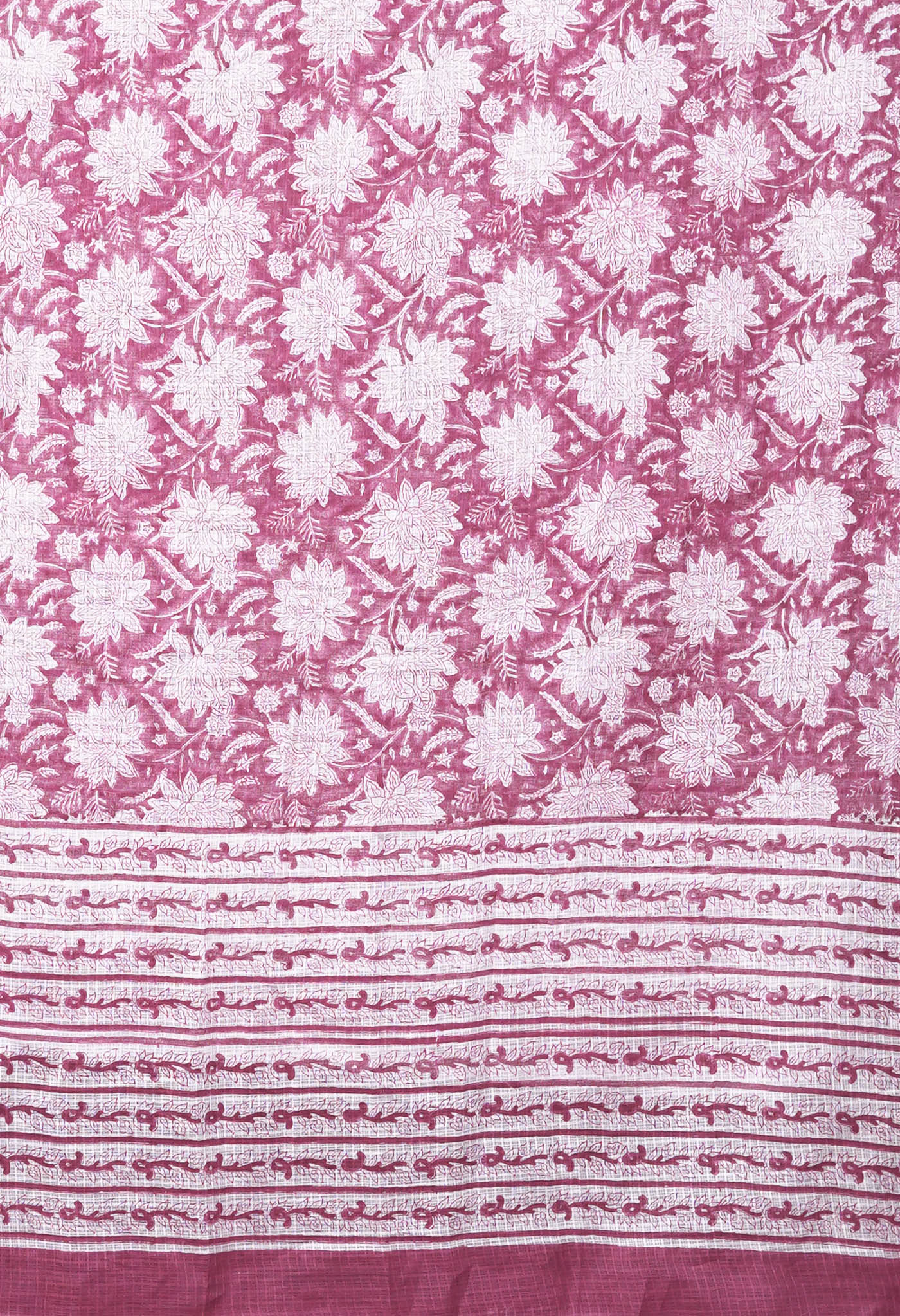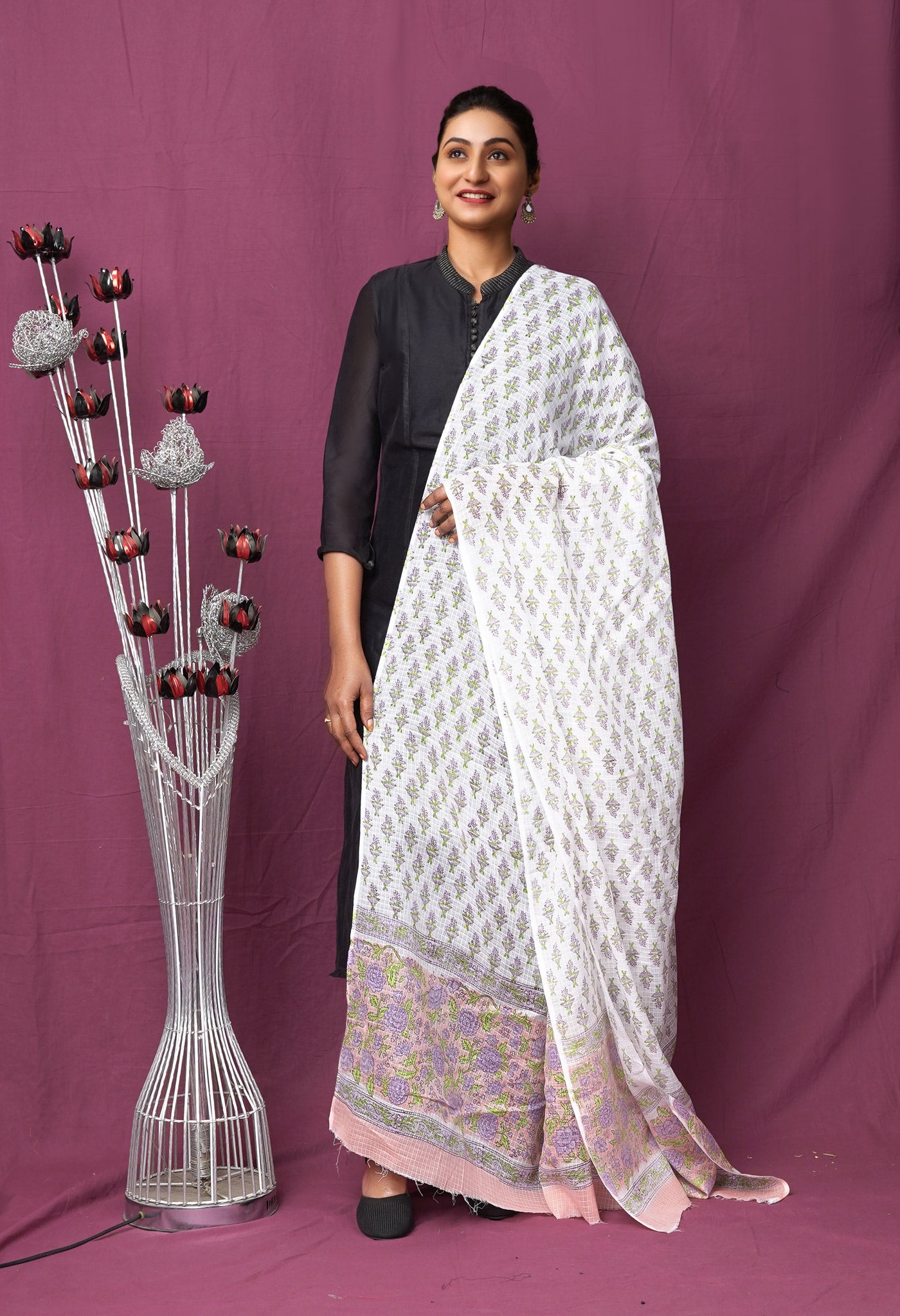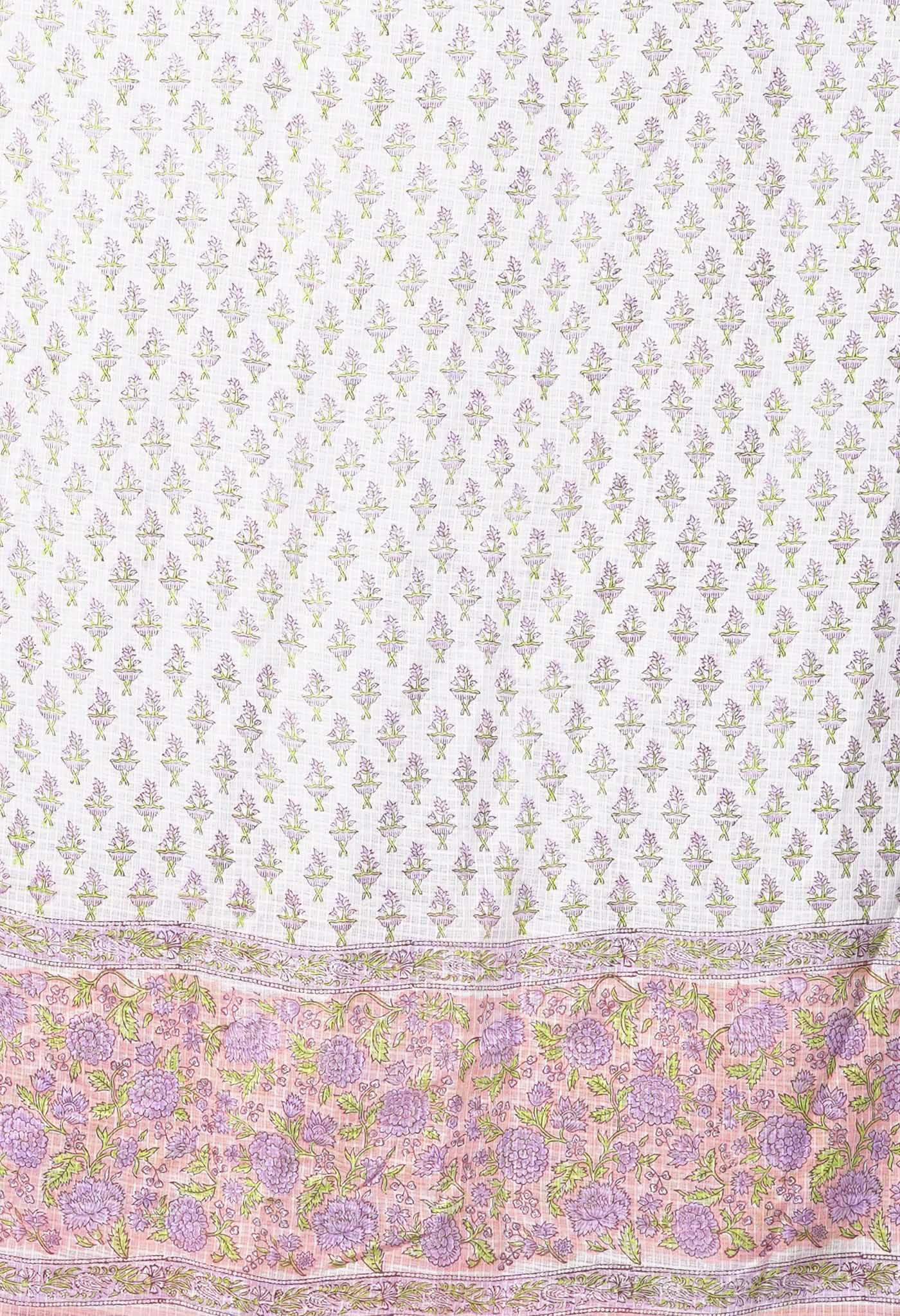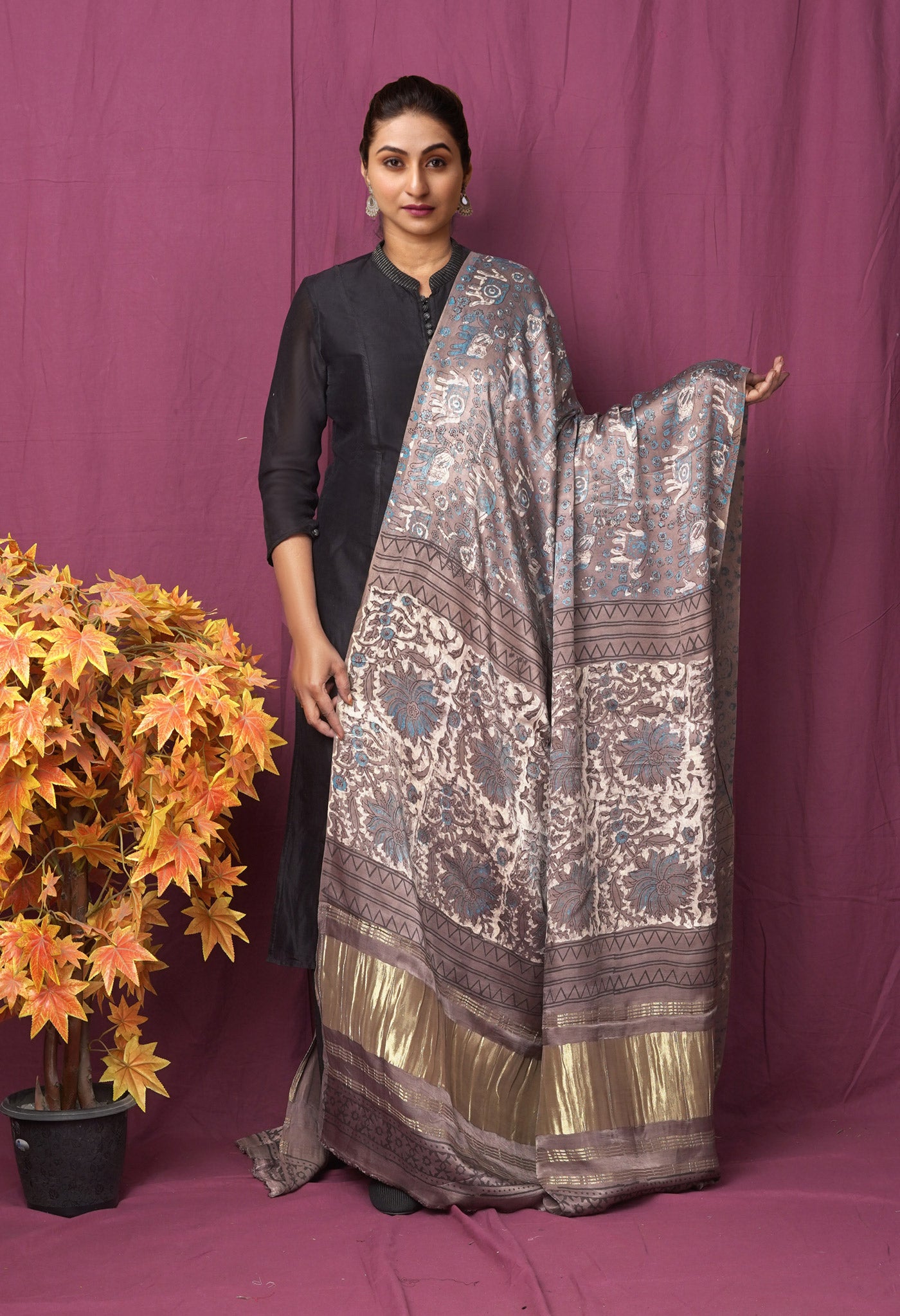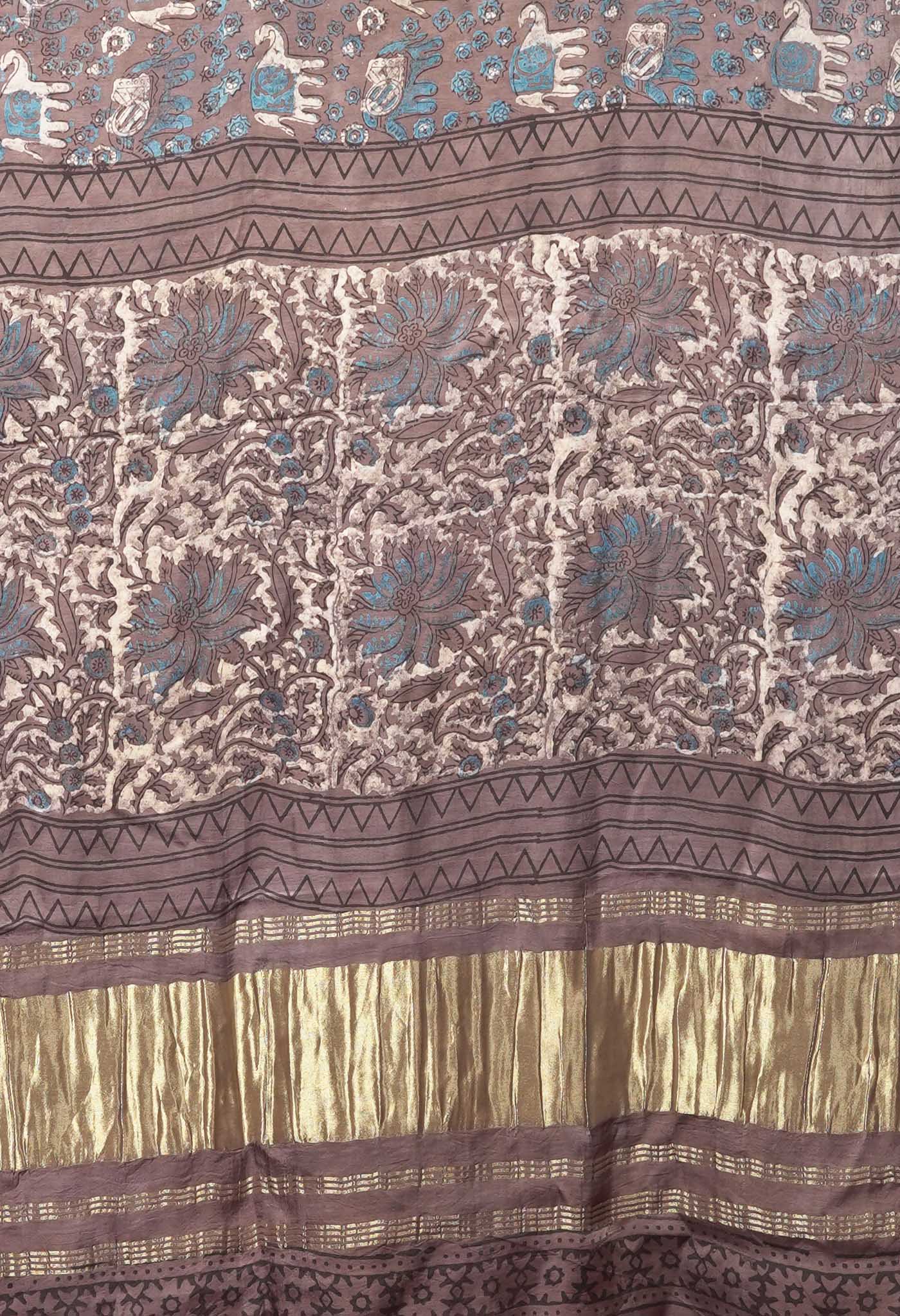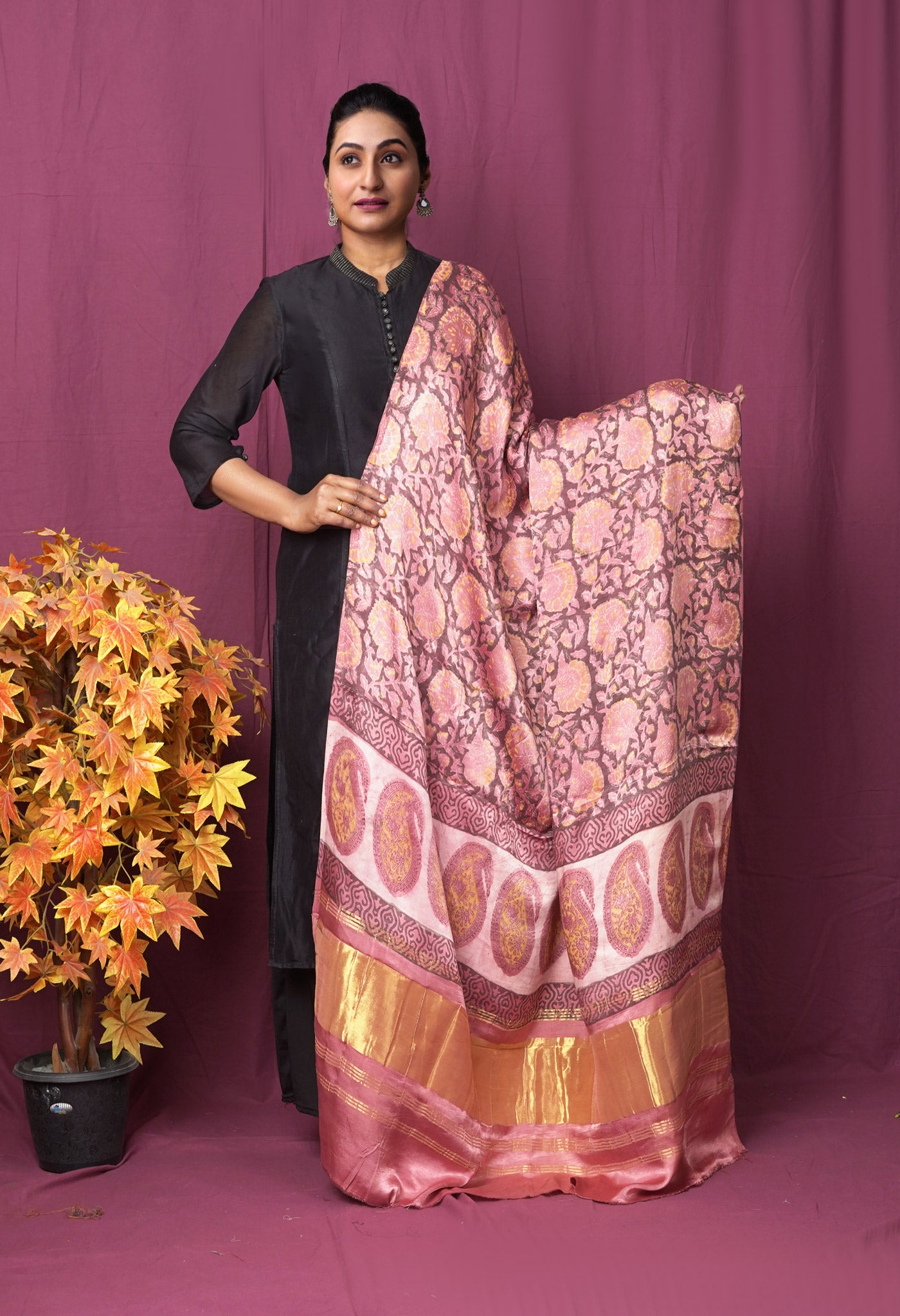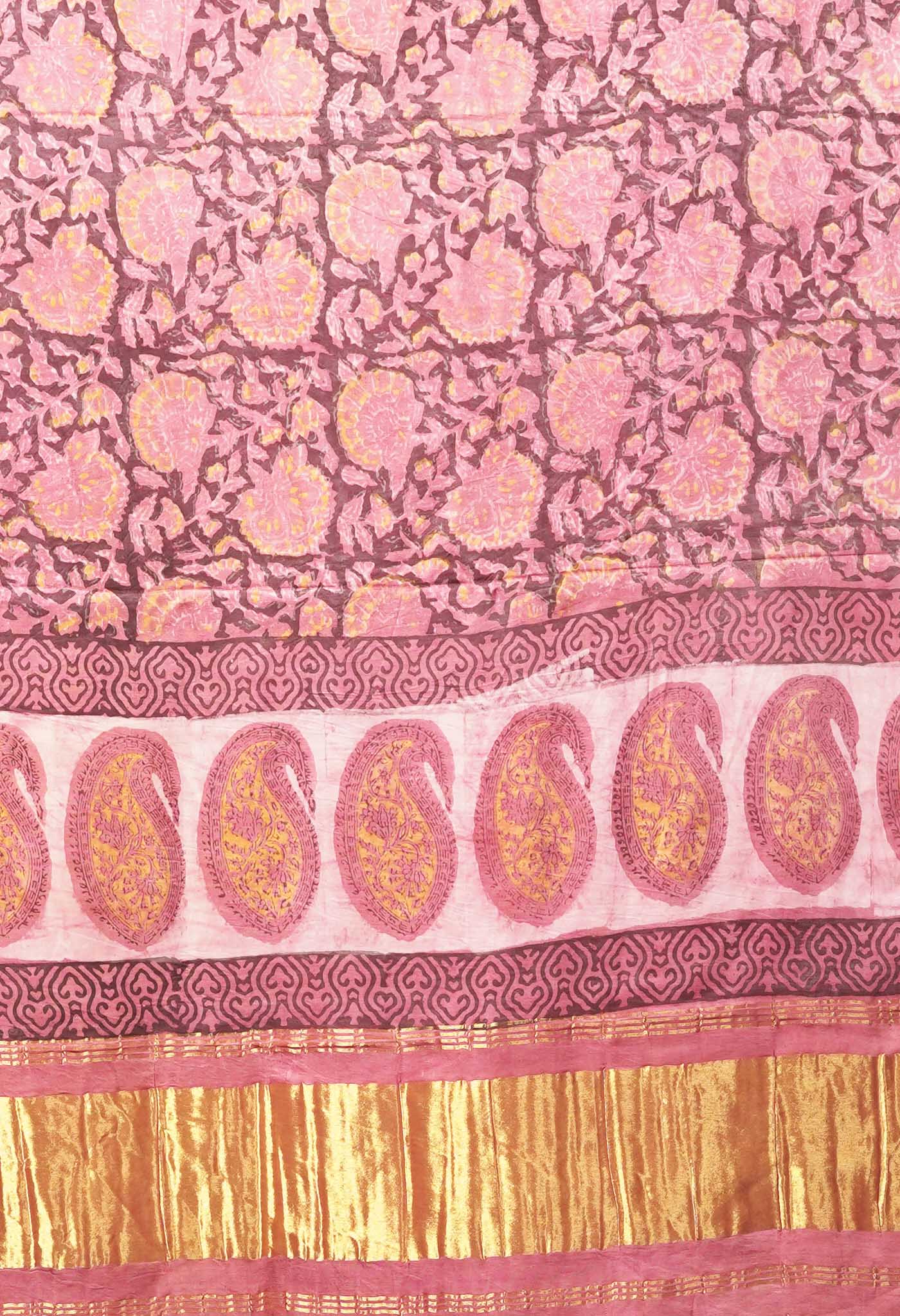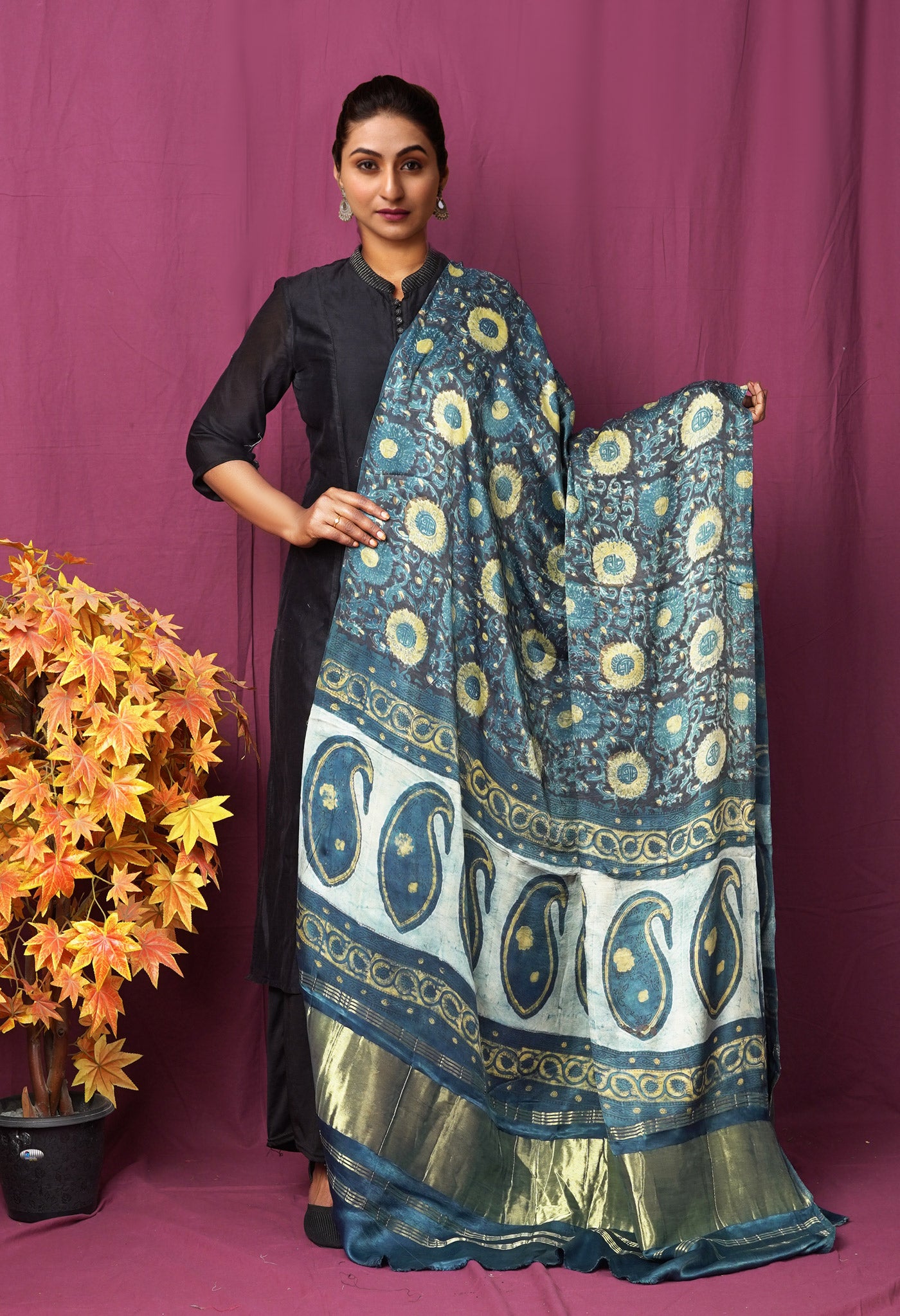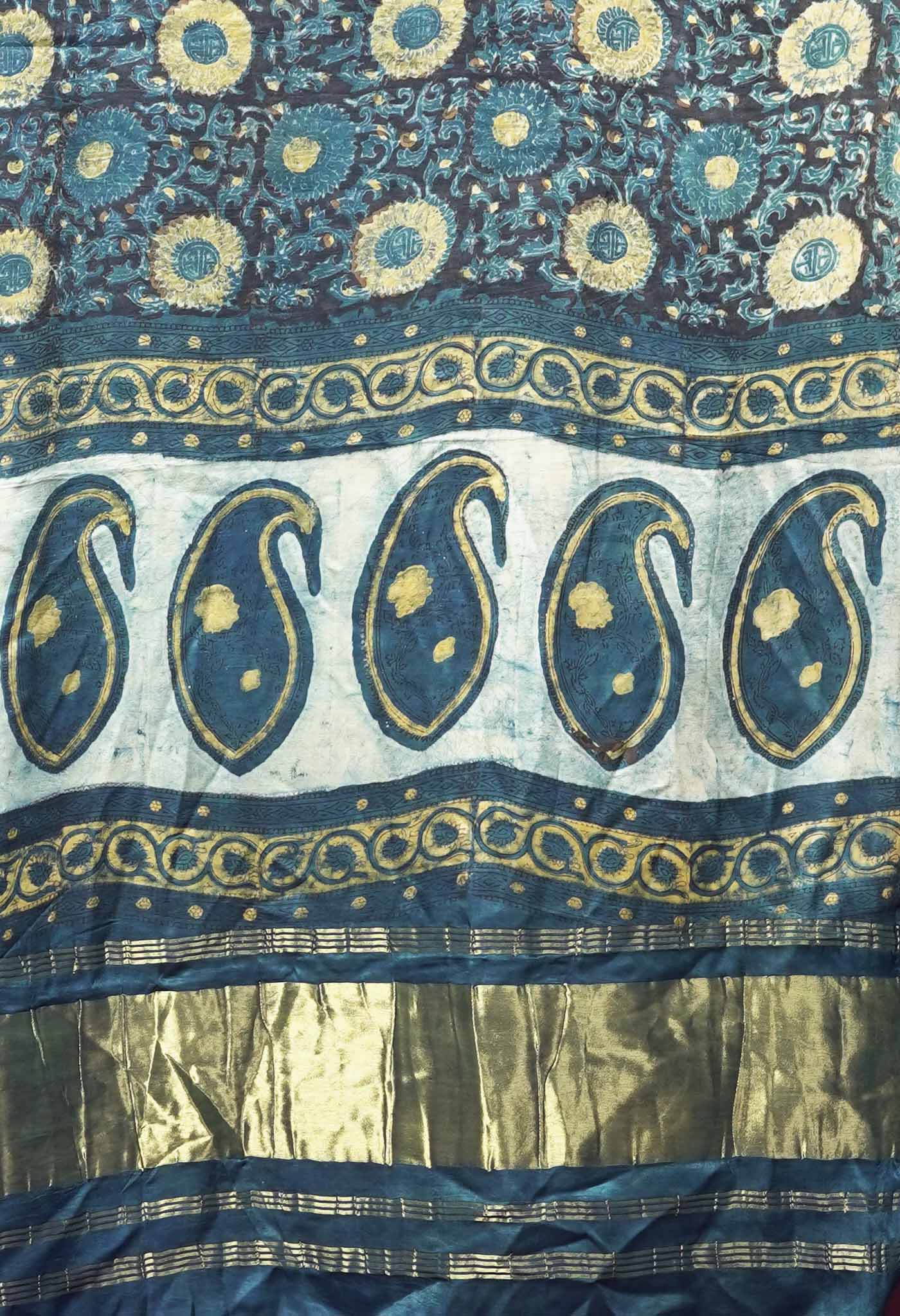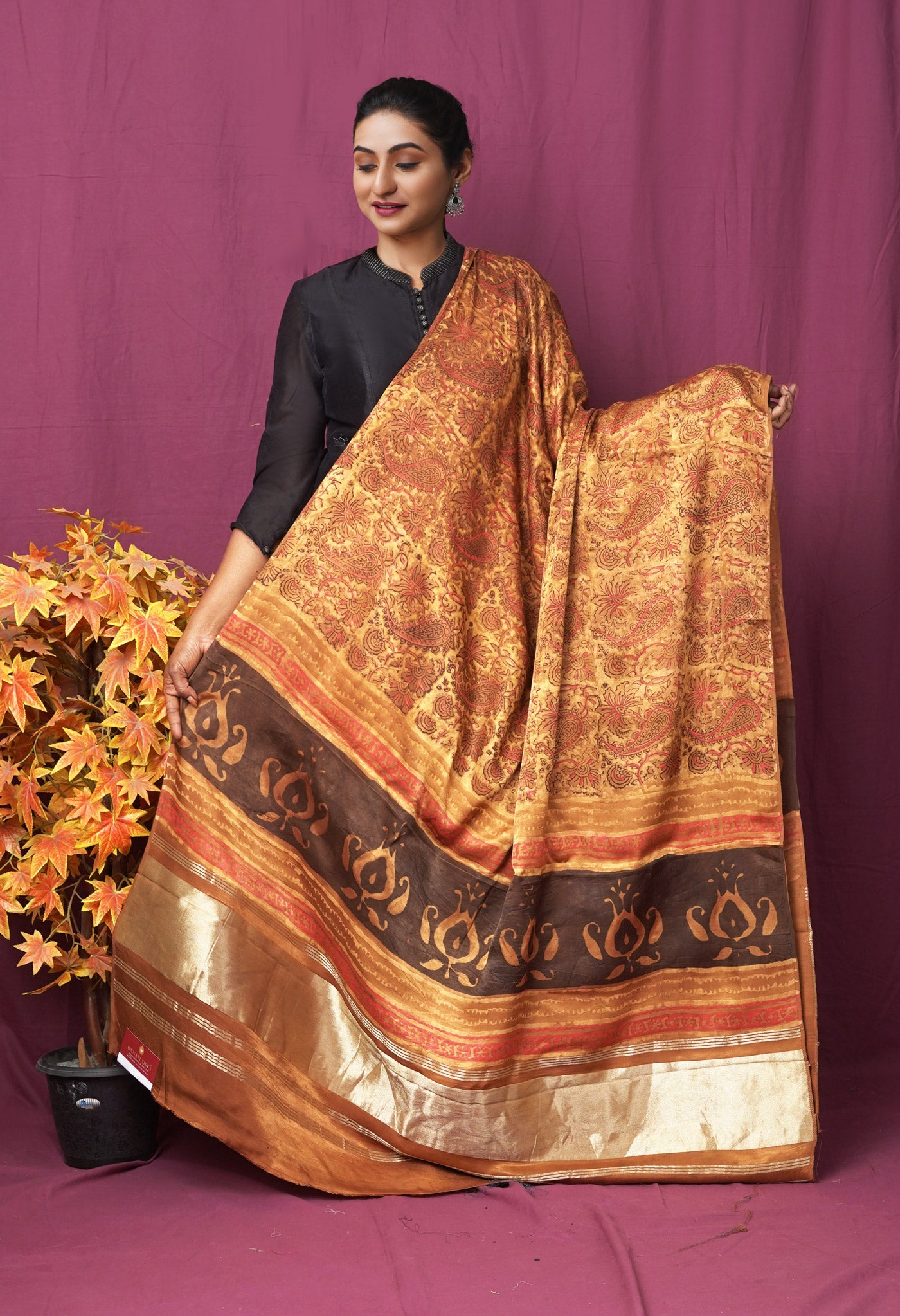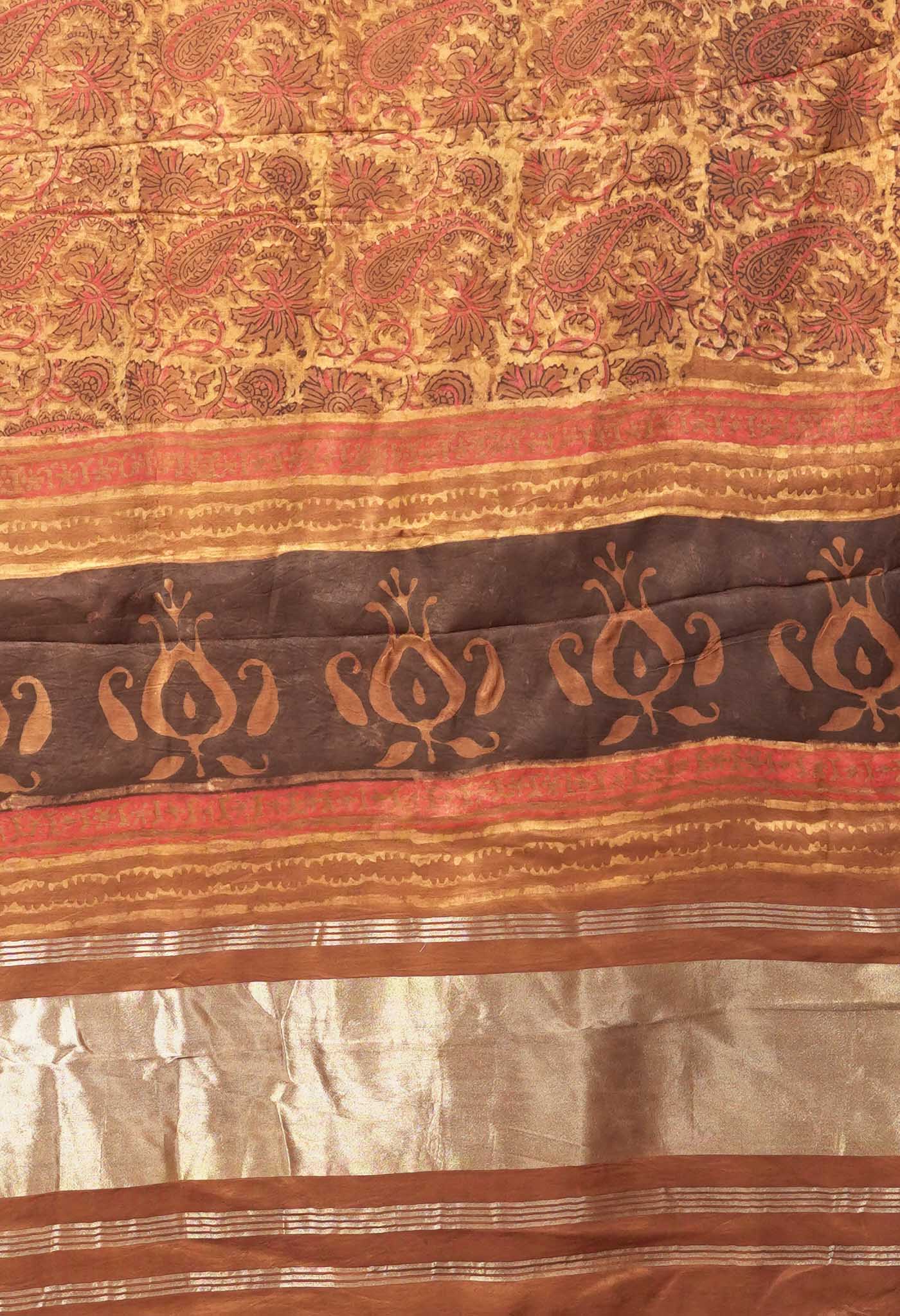
Sustainable fashion – exploring exciting avenues in eco-friendly clothing
Heard of sustainable fashion or eco-fashion? Well, it is quite the latest fad to hit the world of trendy clothing.
Considered as eco-friendly and made out of green materials it has woken up the market to the immense possibilities from utilizing waste to create environment-friendly fabrics. In addition, it draws attention to the unpleasant fact of people not realizing the excessive cloth purchases they make and the negative impact of such habits on the environment.

The growing interest in Sustainable Fashion
Sustainable fashion got the attention it deserved when a celebrity star like Emma Watson chose to make headlines by sporting a custom made Calvin Klein dress to the Met Gala. It was ethically sourced and produced from guess what? Recycled plastic bottles!

A declaration from her further, was that she would always be wearing clothing from materials of sustainable fashion on red carpet appearances. As she pointed out, ““The fashion industry is the second highest pollutant of fresh water on the planet…It has such a huge environmental impact…It’s not enough for me anymore that it’s a beautiful item or a beautiful piece, I want to know that it’s not leaving a negative mark.”
The dress that Emma wore to the Met Gala was made out of plastic bottles and was entirely sustainable. Plastic is widely known as a massive pollutant on our planet. So the plastic bottles were made into Emma’s dress and offered part of the solution. The dress is also composed of three different clothing elements: trousers, a skirt, and a top. It was made to be versatile so it could be re-worn in many different ways. Her thought on what is sustainable - If you buy something, do you think you will wear it 30 times? “If you can,” Emma says, “That is how you know it is a sustainable purchase.”

Tips on how to practice sustainable fashion
- Only buy a new item if you think you will wear it at least 30 times.
- Buy clothing second-hand or at thrift stores.
- Encourage hand-me-down clothing.
- Repair, mend, or tailor clothing instead of throwing it away.
- Donate clothes you no longer need to a friend or thrift store.
- Up-cycle clothing or textiles into something new.
- Instead of buying one-time use clothes for a special occasion, borrow them from a friend.
- Support clothing manufacturers who have sustainable practices and materials.
- Look for sustainable textiles derived from eco-friendly resources.
- Purchase pieces that are versatile and classic that you can wear many different ways.
In fact one can say, Sustainable Fashion is the outcome of recycling.
What is Recycling?
Recycling is to make use of thrown away or likely to be discarded clothing and other useable material and creating end products from them, suitable for reuse. Recycling has two faces – up-cycling and down-cycling. Most recycling involves converting or extracting useful materials from a product and creating a different product or material.

Then what is Upcycling
Upcycling, also known as creative reuse, is the process of transforming by-products, waste materials, useless, or unwanted products into new materials or products of better quality or for better environmental value.
Downcycling is the opposite of up cycling, and is the other face of the recycling process. Downcycling involves converting materials and products into new materials of lesser quality.
The future of fashion is recycled
T-shirts made from plastic bottles, swimwear crafted from fishing nets - are these going to be the new breakthroughs that could be helping solve the planet's plastic woes? Let us explore further on this.
Widely pervasive and undesirably biodegradable, plastic that seemed a boon at one time has become one of the greatest pollutants that is stretching the mind about how to deal with the ever increasing burden on landfills and oceans. So when recycling plastic can be converted to wearable clothing, it gives a new surge of hope in dealing with a question uppermost in the minds of concerned environmentalists – how does one deal with plastic, the substance so useful in our everyday lives yet so harmful to the health and well-being of the environment.
2018 – a happening year for Recycling
2018 seems to be the year when recycled plastic caught the collective imagination of clothing labels and consumers. Stockholm-based fashion brand Gant created a collection of shirts made with Tech Prep containing up cycled ocean plastic. Matthew Wood, creative director of Gant, said “We want to make the world more beautiful and interesting, and I can think of no better way to demonstrate that than by removing the man-made waste that pollutes our seas and turning it into something beautiful and practical for our everyday lives."

Designing with sustainable materials is filled with challenges, from sourcing materials to executing the designs. It took the Gant team over two years of persistence and false starts before they met the team at Seaqual which produces the fabric for the brand. Gant is already expanding their line, and launching new Beacon Project products including a pair of sneakers.
In recent years, a number of mainstream fashion brands have created sub-brands and collections, dedicated to reusing discarded plastic. Swedish brand H&M, known for its fast fashion, have designs for clothing from active wear to red-carpet ensembles made from recycled materials.
Since 2015, Adidas has collaborated with the environmental organization Parley for the Oceans to create sneakers using Parley Ocean Plastic, a yarn made from upcycled plastic waste retrieved from beaches and coastal communities. One of its latest additions, a pair of sneakers, helps prevent approximately 11 and more plastic bottles ending up in water bodies.
And what about the Indian side of the story?
When the regularly awaited event Lakmé Fashion Week had its Summer/Resort 2018 episode, there was a surprise.
Reliance Industries Ltd (RIL) and IMG-Reliance collected 25,000 used PET bottles from the venue in Mumbai’s Jio Garden (Bandra Kurla Complex). These bottles were segregated, collected and processed to make clean flakes, to be ultimately melted and converted into a fabric material called Recron Greengold fibre. This was then used to create a botanical-print T-shirt designed by fashion designer Anita Dongre, and launched on World Environment Day (5th June).
The findings – A T shirt could save 15 PET bottles, a pair of jeans 20 from becoming part of the landfill.

Indian performance-wear brand ALCIS Sports has been producing the Wonder Tee made from plastic bottles for two years. The Summer House, a Bengaluru-based slow fashion brand, offers a swimwear collection created from recycled fishing nets.
“The irony of looking good on the beach at the cost of the sea was apparent to us. We had been thinking of a swimwear line for two years, but wanted to be sure to use fabric that would be sustainable," says Shivangini Padhiyar, co-founder of the label.
Padhiyar and her team found their answer in Econyl, made from recycling discarded fishing nets and weaving them into nylon yarn.
For The Summer House team, the challenges were amplified by lack of relevant experience. “Our team had never produced swimwear," says Padhiyar. “We wanted the quality of stitching to be on a par with the best, so the time taken to produce one swimsuit is the amount the team would take for three-four dresses."

The progress is slow but will gain momentum
Reaching out to consumers remains a concern for manufacturers and designers. On one hand people are becoming familiar with the waste generated by the clothing industry and the pitfalls of fast fashion; on the other hand access to alternative fabrics is currently limited.
In India, RIL works with partner mills across the country, and it is expected that it could trend after a while. “Large sections of people in tier 2 and 3 cities and rural areas of India are still unaware about the eco-friendliness of our fabrics," he says. “We are determined to reach out to them through popular media, and make them partners in development." A sad fact is that a significant percentage of the clothes produced from these textiles are thrown away. Not only are some of these clothes perfectly usable, but textile is an extremely recyclable substance.
Swedish multinational retail company H&M, who launched the Garment Collection Program in 2013, a global initiative wherein consumers are encouraged to bring in their old clothes in lieu of a 15 percent discount voucher observed that 95 percent of clothes that get thrown away could be re-worn, reused or recycled. Dhatri Bhatt, spokesperson at H&M said, “The Garment Collection Program offers an easy solution for our customers to leave their old, unwanted clothing and home textiles (of any brand, in any condition) at the recycling box at any H&M store.”
What is astounding to note is the amount of textiles H&M collected. “The equivalent of 89 million T-shirts were collected in 2017,” reveals Bhatt.
The initiative is very much successful, and to make the most of it, H&M made it their short term goal to minimise the waste that goes to landfill.

So what actually happens to the textiles after the customers discard them in the recycling boxes?
The clothes segregated into three categories:
- Re-wear (clothes that can be worn again are marketed worldwide as second-hand)
- Reuse (old clothes and textiles that are no longer suitable to wear are converted into other products, such as cleaning cloths)
- Recycle (textiles that can’t be reused get a new chance as textile fibres or are used to manufacture products such as damping and insulating materials for the auto industry),” explained Bhatt. They also launched a Conscious Collection in 2018, made using environmentally smarter materials and came marked with a green hang tag.
And what does a fashion recyclist like Agarwal have to say?
For Agarwal, his entire creative process is initiated with a central recycled material around which he develops his collection. “I enjoy the material play that goes into the making of our clothes, as well as the various textures which are developed through materials that aren’t a regular find in the market,” he says.
He understands the benefits of both, and has adopted them as a practice in his design process. “Waste materials are picked up from various industries as leftovers. For us, it is a sustainable and aesthetic choice that we make when utilizing such materials,” he explains.

He has a unique aspect, of combining the recycled materials with heritage vintage fabrics like Benarasi, Patola and Phulkari textiles, and reinvents them into modern design garments.
“We live in a world where a product’s life cycle can be extended through responsible design ethics, but sustainability is a process and has to be a part of you before you implement it into a collection,” says Aggarwal.
“When we dispose our clothes, they either end up in landfills or are sold again. However, now there are many recycling mills where second-hand clothing and fabrics from all over the world are segregated, torn apart to remove buttons, zippers and labels, and then treated to be re-purposed and used as yarn. This yarn is used to create inexpensive blankets and carpets that are sold at rock-bottom prices,” explains designer Amit Aggarwal, who works with waste material to design his couture collections.
How important is recyled fashion?
Whether the clothes are recycled into new textiles or up cycled into contemporary designs, it’s crucial that they are biodegradable and cent percent environmental-friendly. Fabrics, like organic cotton, hemp, jute sarees and silk sarees, are the ones that are sustainable and eco-friendly.
And H&M is striving to achieve this exact same outcome. “By 2020, the H&M group aims to source 100 per cent sustainable cotton, and by 2030, we’re looking at 100 per cent recycled or other sustainably sourced materials. Today, 35 per cent of all materials we use in our products are recycled or sustainably sourced,” says Bhatt.
“Having a circular approach to how products are made and used is important—with the goal being to only use recycled/sustainably sourced materials and renewable energy in all our direct operations—all the while decreasing the dependence on virgin resources, chemicals, energy, water and minimising the amount of materials that end up as waste,” explains Bhatt.

How do we recycle fashion?
According to the ethical fashion forum, there are three ways of recycling fashion:
- Fabric from recycled fibers or products: Like recycled polyester made from used drinking bottles or fabrics made from recycled yarns.
- Recycling textile fabric: Also known as “Upcycling”, it involves using unwanted factory surpluses, offcuts or other waste materials.
- Clothing: taking second-hand clothing and re-fashioning or repairing it so it is given a second life, and a second owner.
Two guiding questions to ask when assessing recovering for waste materials or products are:
How much energy is required to restore the recovered material back to the desired material or product?, and,
How does this quantity compare with obtaining the desired material or product from virgin or primary sources?
What is the need for recycled fashion?
To produce the millions of tons of textile, raw materials are sourced from animals from animals (silk, wool and fur), plants (cotton and bamboo) and chemicals (nylon and polyester), but each source comes with its own set of problems.
- Animal right groups have been protesting for years against the brutal exploitation of animals for profit,
- The shortage of agricultural land and the water-guzzling properties of cotton is putting pressure on the fashion industry to find other sources of raw materials.
- Synthetic textiles, on the other hand, are a major contributor to environmental pollution.
A brief on how Clothing Recycling Works in general
There are certain steps in the recycling process.
Creating Awareness of Clothing Recycling
Public awareness is raised through information about the importance and benefits of donating used items like clothing and shoes. Recycling companies often provide educational materials at their websites explaining the relevance of what they are doing and in what way the public can help. Informative bins and truck signage help describe what articles of clothing are accepted and what charity benefits from the contribution.
Collecting the reusable material
Clothing recyclers use a variety of strategies for picking up clothing. Post-consumer clothing is picked up generally from bins placed in public places, as well as from clothing drives and door-to-door collection. Bins are typically placed strategically in public places like parking lots in business centers and shopping malls. Colorful bins are positioned in high traffic, high visibility locations to help maximize donations.

Sorting
Once collected, clothing is classified into three groups: reuse, rags, and fiber. This is a manual sorting process that requires expertise in identifying various types of material. Large volumes could be dealt with a conveyor belt arrangement.
Processing
- Textile fabric and clothing commonly consist of composites of synthetic plastics and cotton (biodegradable material). The composition will influence its method of recycling and durability.
- Collected clothing is sorted and graded by highly experienced and skilled workers. These sorted items are sent to different destinations as outlined.
- For natural textiles, incoming items are sorted in terms of color and material. By segregating colors, the need for re-dying can be eliminated, reducing the need for pollutants and energy. Then the clothing is torn into sloppy fibers and combined with other chosen fibers, conditional on the planned end use of the recycled fiber.
- Once cleaned and spun, fibers can be compressed for use in mattress production. Textiles which are sent to the flocking industry are used to produce filling material for furniture padding, panel linings, loudspeaker cones, and car insulation.
- The recycling process works somewhat differently for polyester-based materials. In this case, the first thing is to remove zippers and buttons and then to cut the clothing into smaller pieces. Those shredded small fabrics are then granulated and shaped into pellets.
As the textile industry continues to grow, it will be challenged to devise ways to boost recycling rates as well as to develop technologies that will help maximize the value of recovered material.


